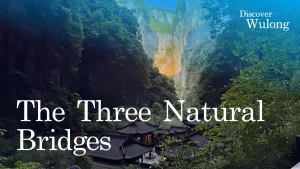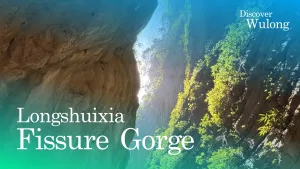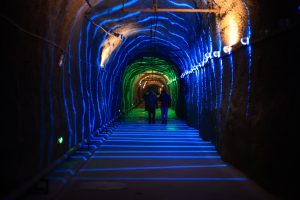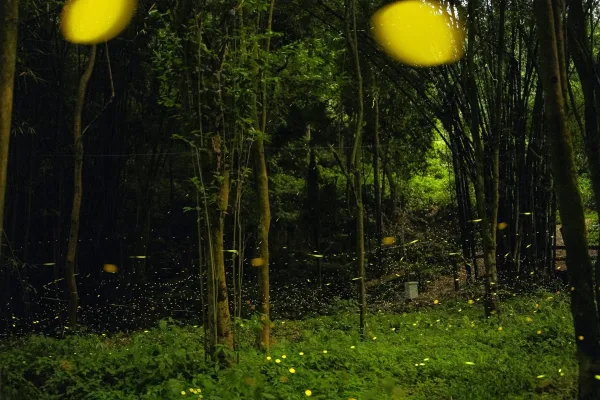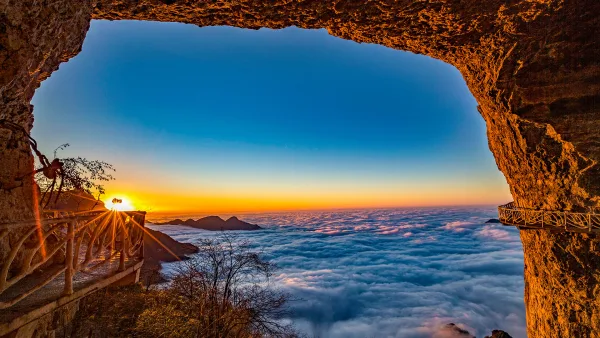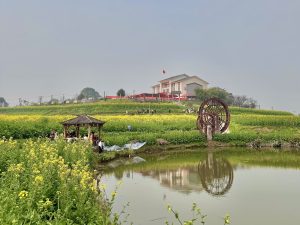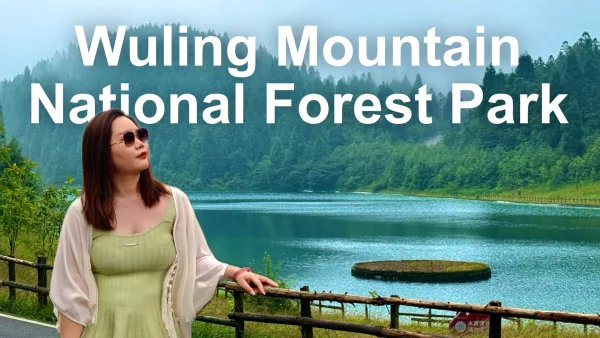5 Days UNESCO Shennongjia National Primary Forest Park Road Trip Itinerary
5-Day Shennongjia Primary Forest Park Road Trip
This itinerary is for a 5-day road trip to Shennongjia National Primary Forest Park in Hubei province, a UNESCO World Heritage Site. We will depart on our trip from Chongqing and make our way through Chongqing’s northeast region and dive into the mountains of Wuxi and Yichang.
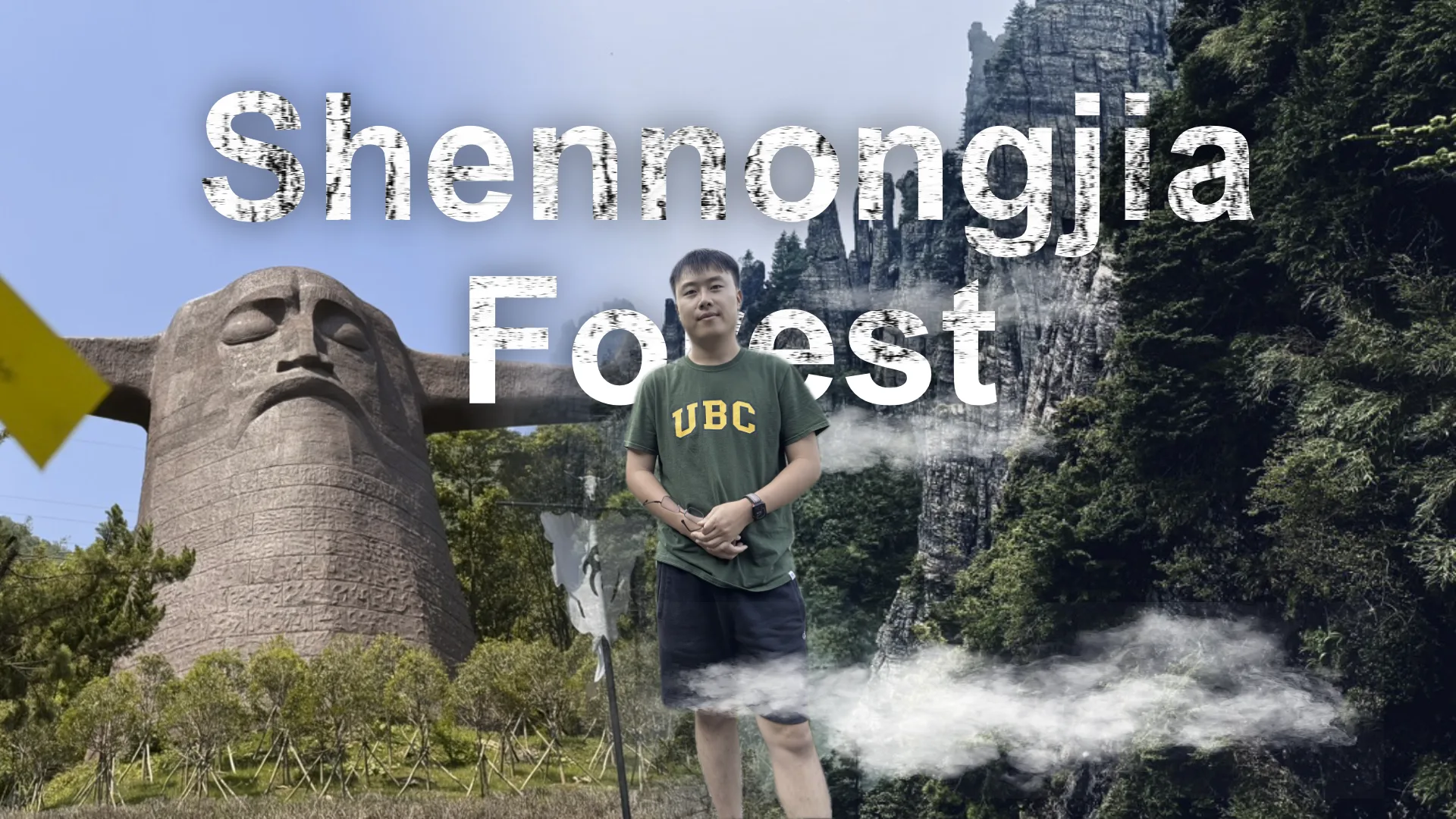
The park spans over 3,253 square kilometres and is home to many rare species like the golden snub-nosed monkey. Being the “Roof of Central China,” Shennongjia Primary Forest Park is a natural wonderland for ancient forests, waterfalls, a natural bridge, and mysterious “wild man” legends.
5-Day Shennongjia Itinerary Map
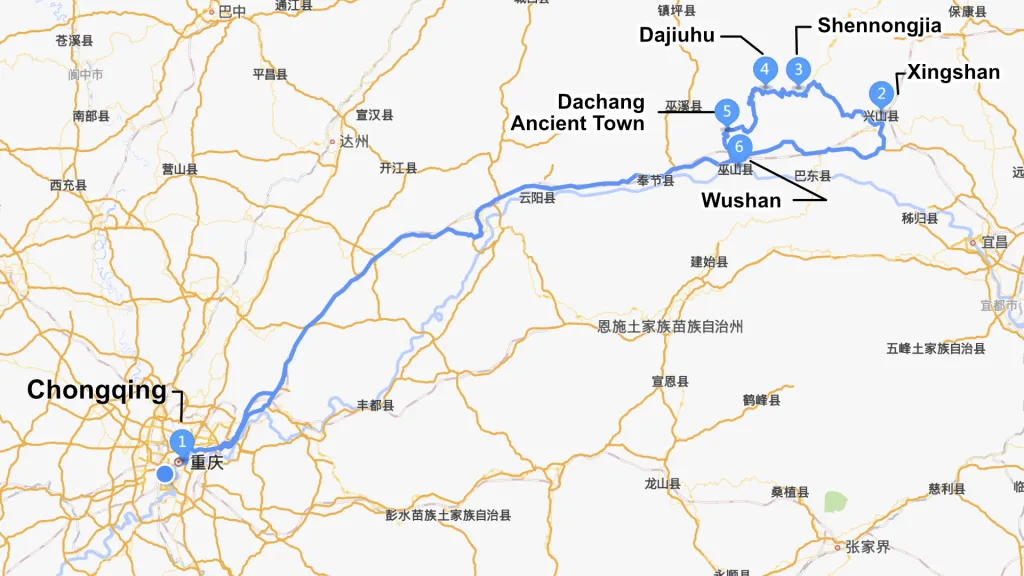
| ☀️ Day 1 | Chongqing to Xingshan County |
| ☀️ Day 2 | Shennongtan, Natural Bridge, Guanmenshan, Tianyan |
| ☀️ Day 3 | Shennongding, Shennong Valley, Original Forest |
| ☀️ Day 4 | Dajiuhu (Big Nine Lakes), Wulipo National Nature Reserve, Wushan County |
| ☀️ Day 5 | Wushan County to Chongqing |
What to Pack for Shennongjia
- Hiking Shoes: Expect extensive walking and hiking on this trip, so pack a sturdy, comfortable pair of hiking shoes to handle rugged terrain.
- Breathable Shirts: With plenty of physical activity, bring several lightweight, breathable shirts to stay comfortable during outdoor adventures.
- Jacket: Shennongjia’s weather varies significantly throughout the day and in mountainous areas. Mornings and evenings are cool, while afternoons can be warm, with sudden rain or wind possible. Pack a versatile, weather-resistant jacket.
- Snacks and Food: No restaurants are available inside Shennongding Scenic Area, where you’ll likely spend a full day. Bring enough snacks and meals to keep you energized.
- Water Bottle: Stay hydrated during extensive hiking by bringing a reusable water bottle. Some areas, like Three Natural Bridges, have water stations for refills.
Shennongjia Park Ticket
We purchased a bundled ticket for approximately 300 Yuan, granting access to all major scenic spots.
Alternatively, you can buy individual tickets for each site.
Since we planned to visit most attractions, the bundledticket offered better value.
The ticket is linked to your passport, which you’ll present at checkpoints to enter each site. Valid for five days, the ticket provides ample time to explore all the scenic areas.
Day 1: Chongqing to Xingshan County
Our adventure began with a road trip from Chongqing to Xingshan County in Hubei Province, a journey of about 6.5 hours.
With no rush to reach our destination, we decided to take it easy, stopping whenever we felt tired.
Driving a Tesla meant we needed to plan for charging stops, but fortunately, Chinese highways are well-equipped with charging stations at nearly every rest area, making the process seamless.
We set off early in the morning, enjoying a relaxed pace. Around midday, we stopped at a highway rest area for lunch, savoring local flavors while our car charged. By 6:00 PM, just as the sun dipped toward the horizon, painting the sky in hues of orange and pink, we arrived at Xingshan’s famous Shuishanggonglu, or “WaterHighway.”
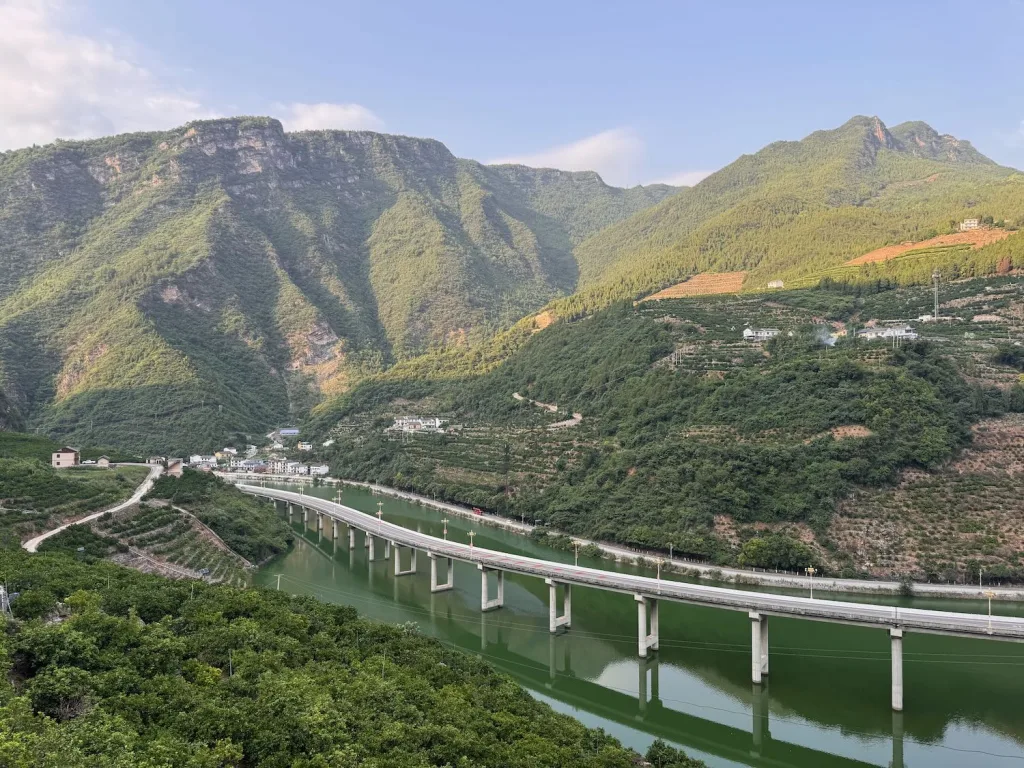
The first highlight of our trip was the Guzhao Highway (古昭公路), a stunning 10.9-kilometer road featuring a 4.4-kilometer stretch built over water, earning it the nickname “China’s Most Beautiful Water Highway.”
For those driving from Chongqing, simply set your navigation to the Shuishanggonglu Viewpoint to witness this architectural marvel (the location where we took our photos). We learned that the highway’s unique water-bound design was chosen to minimize environmental impact and protect the surrounding ecosystem, especially since Xingshan lies near the pristine Shennongjia Primary Forest Park.
We appreciated the local efforts to preserve this natural treasure. The viewpoint offers a perfect spot for photos, but for the best shots, drive up a small side road to a higher vantage point. From there, you can capture the highway’s ribbon-like path floating above the serene waters of the Xiangxi River, framed by lush greenery and distant mountains. The sight is breathtaking, especially at sunset.
After soaking in the views, we headed to Gaoyang Road for dinner. This bustling street is lined with restaurants offering local specialties.
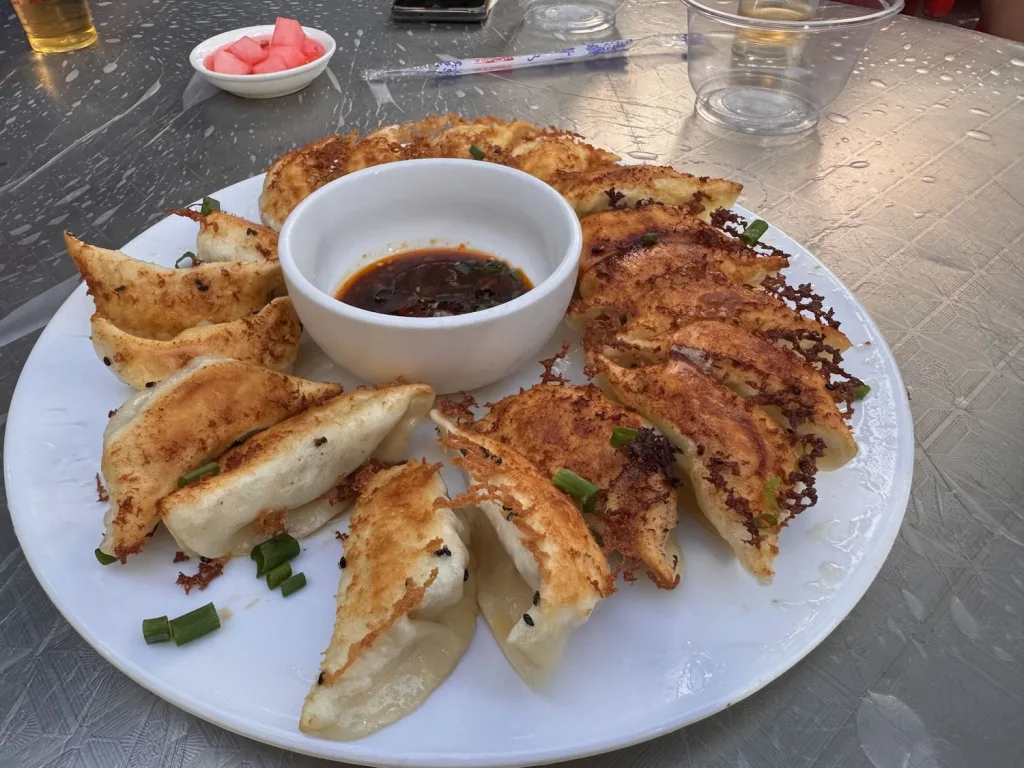
On the recommendation of a friendly restaurant owner, we tried the crispy, golden fried dumplings—deliciously satisfying after a long day of driving.
We checked into the Haitian Grand Hotel, a comfortable and budget-friendly option at ¥100 per night for a twin-bed room.
After settling in, we ventured out to catch the evening music fountain show at Zhaojun Square near the hotel. The fountain performs twice nightly, with the final show ending at 9:00 PM. We arrived just in time to see the last performance, where colorful lights danced with water jets to lively music.
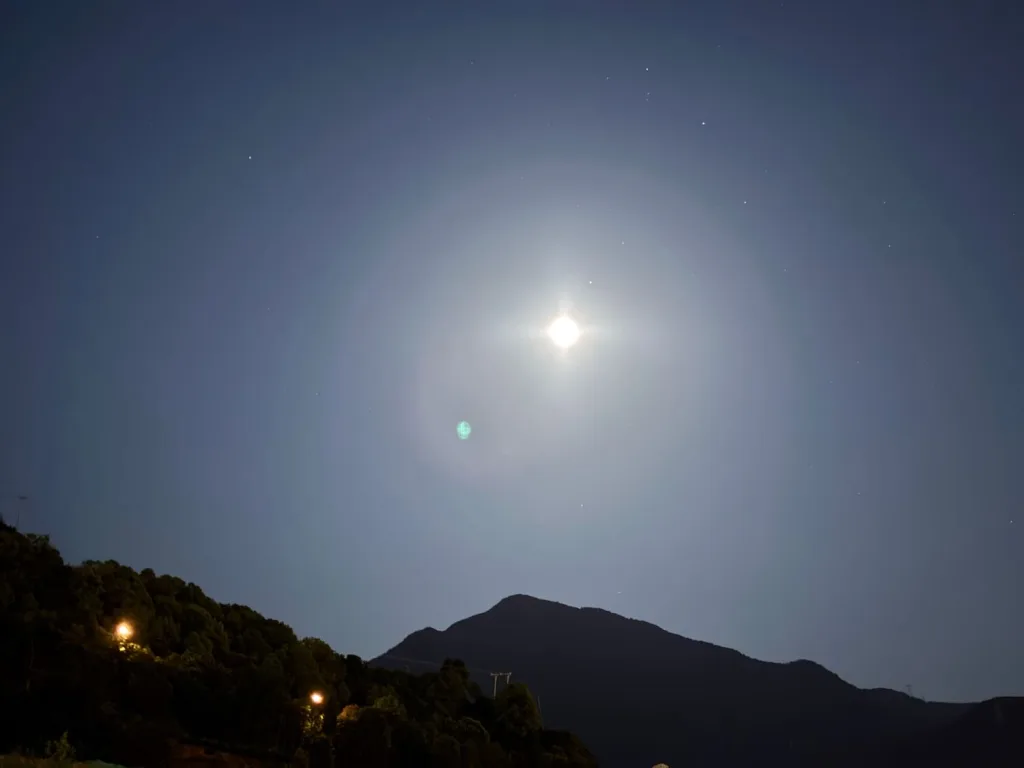
Afterward, we took a tranquil stroll along the Xiangxi River, the gentle flow of the water and cool evening breeze providing a perfect end to our first day.
Day 2: Xingshan County to Shennongtan, Guanmenshan and Tianyan
Our first night in Xingshan County was nothing short of magical. My mom couldn’t stop raving about the town’scharm—its clean, quiet streets, crisp evening air, and perfect weather.
While Chongqing sweltered in June’s heatand humidity, where sleeping without air conditioning was unthinkable, Xingshan offered a refreshing escape. The cool mountain breeze meant no AC was needed, making it an ideal retreat from Chongqing’s sticky summer.
On our second day, we kicked off with breakfast just outside our hotel, Haitian Grand, on a bustling side street. Local vendors lined the road, offering egg wraps stuffed with crispy potato slices and savory sausage—a steal atjust a few yuan.
The flavors were a delightful wake-up call, blending comfort with local flair. We also spotted steamed buns, rice noodles, and Chinese long donuts (youtiao), classic Hubei breakfast staples that fueled usfor the day ahead.
With our Tesla charged and ready, we set off toward Shennongjia National Nature Reserve, a UNESCO WorldHeritage Site.
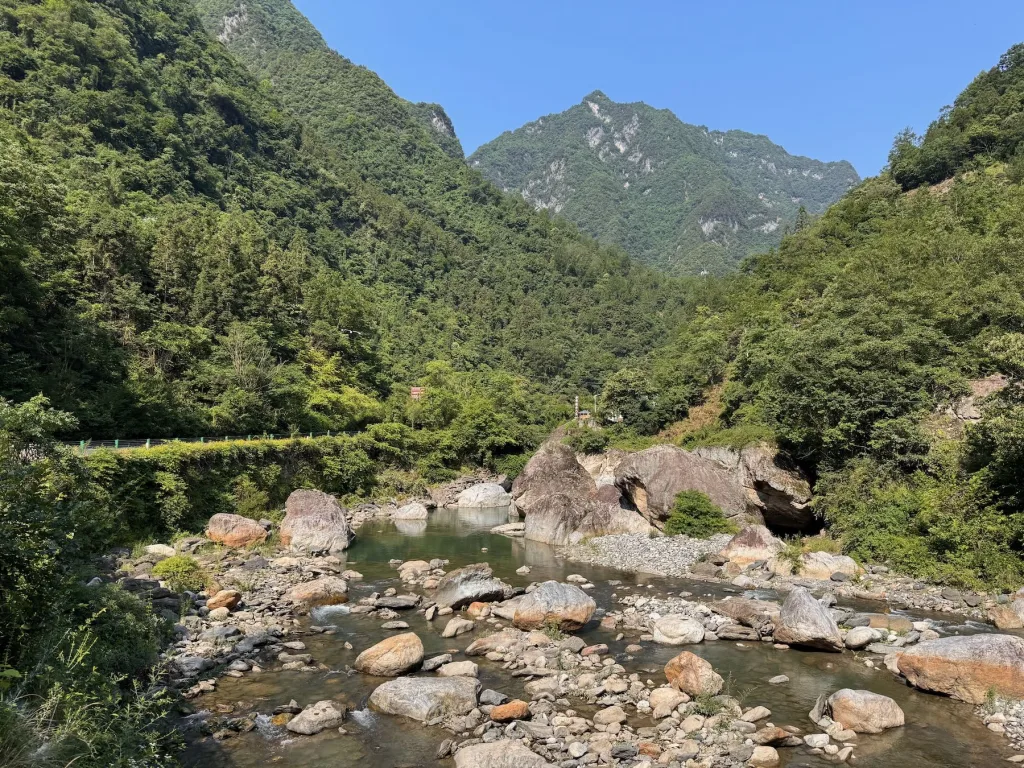
Our first stop was the Shennongjia Viewpoint, a perfect spot to snap photos with the iconic forestpark entrance sign. Framed by lush greenery, it’s a great place for a quick Instagram moment or a washroombreak before diving into the park’s wonders.
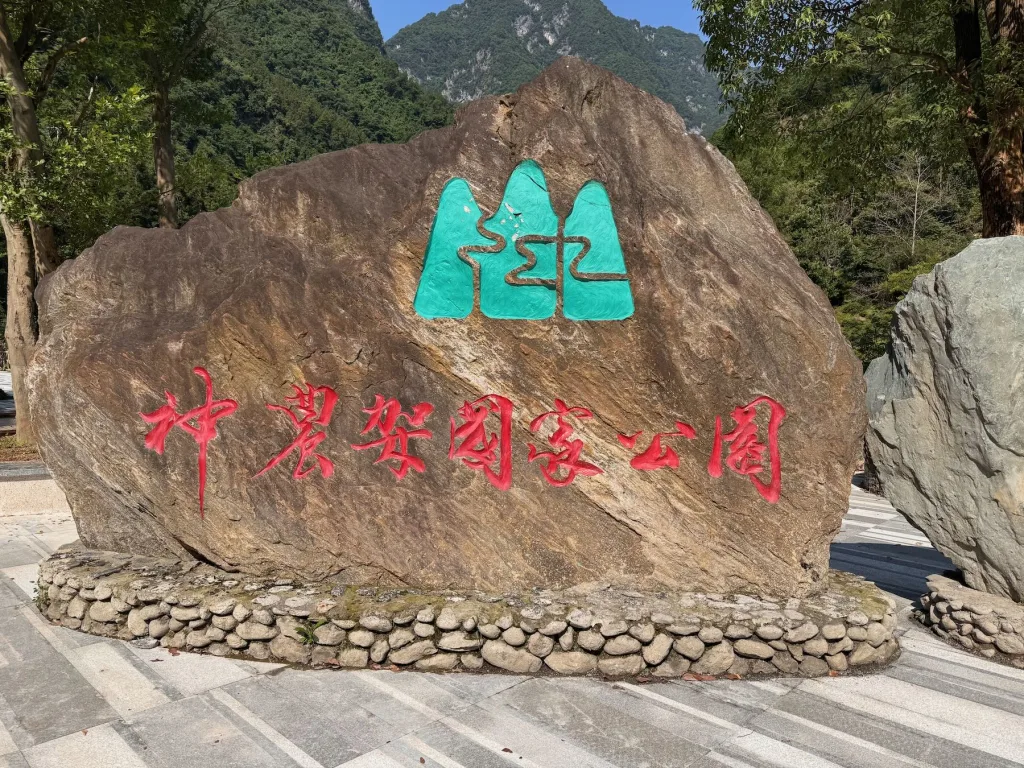
Our first official attraction was Shennongtan (神农坛), the southern gateway to Shennongjia Geopark, located inthe Shennongjia Forestry District of northwestern Hubei.
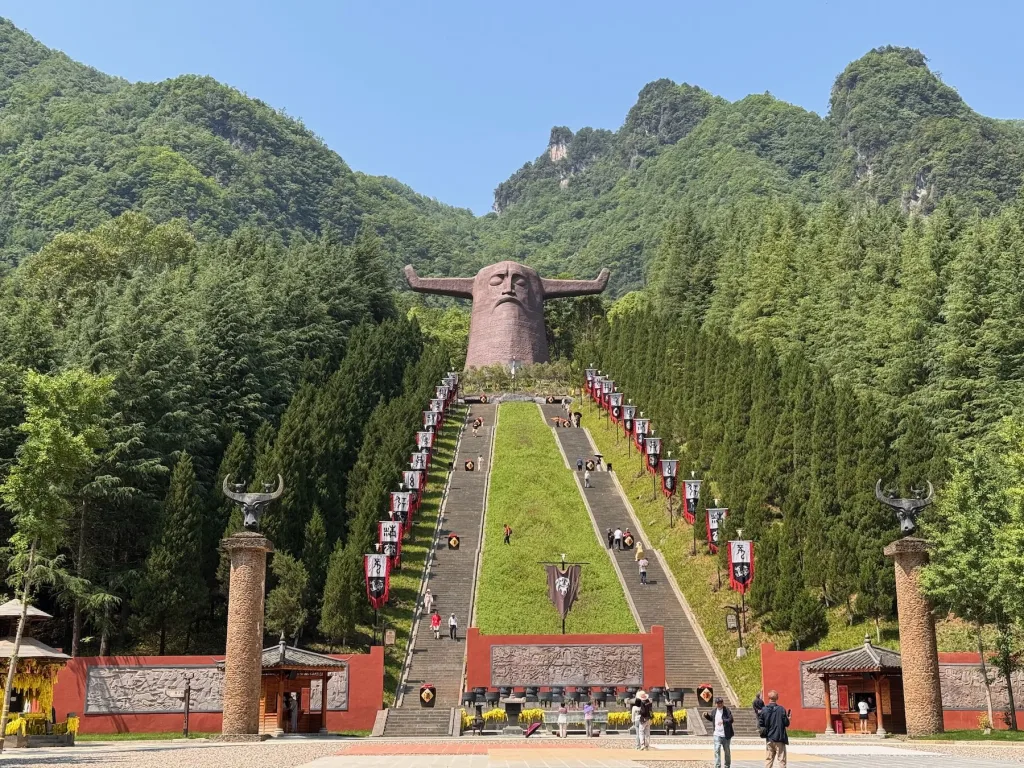
This sacred site features an altar dedicated to Shennong, the legendary Divine Farmer, a mythical figure revered as the ancestor of Chinese agriculture andherbal medicine.
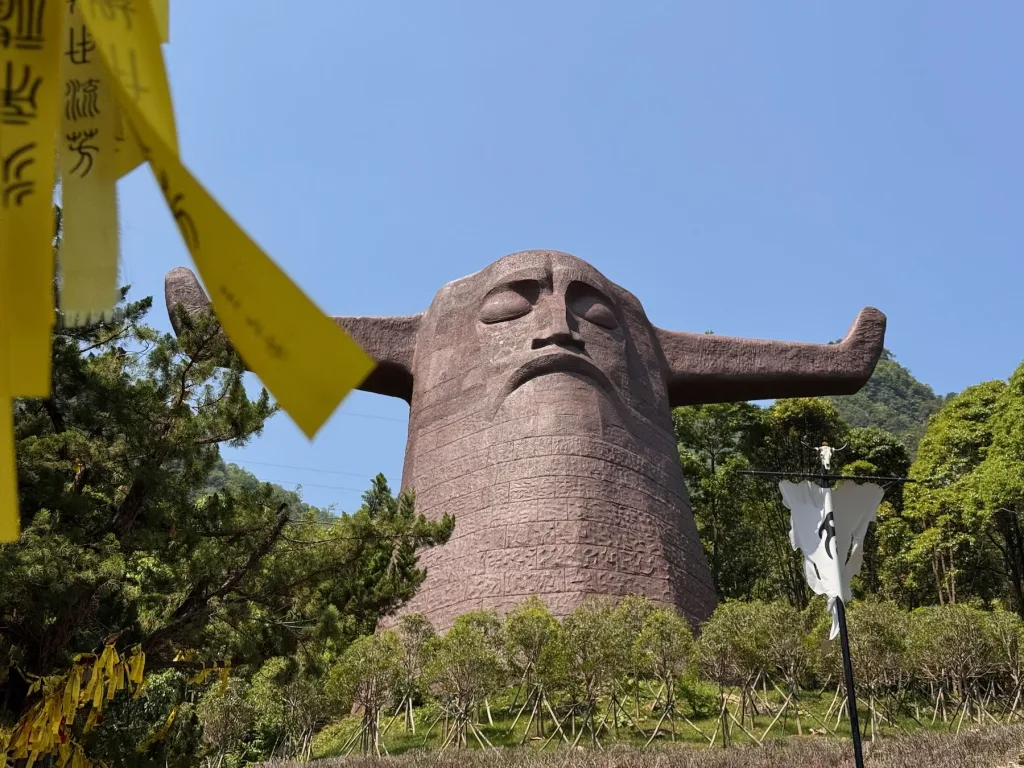
At the top, we were rewarded with sweeping views of misty peaks and rolling forests, a serene tribute to Shennong’s legacy.
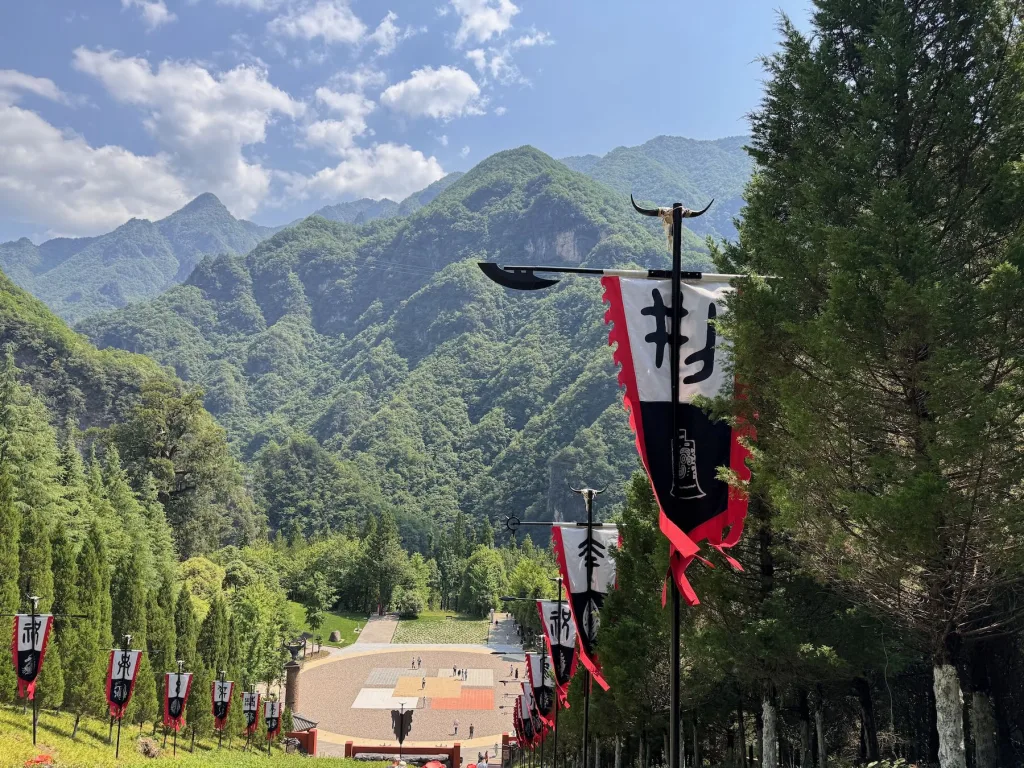
Next, we drove to Tianshengqiao (天生桥), or Natural Bridge, a stunning karst formation sculpted by centuriesof water erosion from the Huangyan River. Unlike the massive natural bridges of Chongqing’s Wulong County and Xiannv Mountain, Tianshengqiao’s 17-meter-high limestone arch has a unique charm, framed by cascading waterfalls and vibrant orchids.
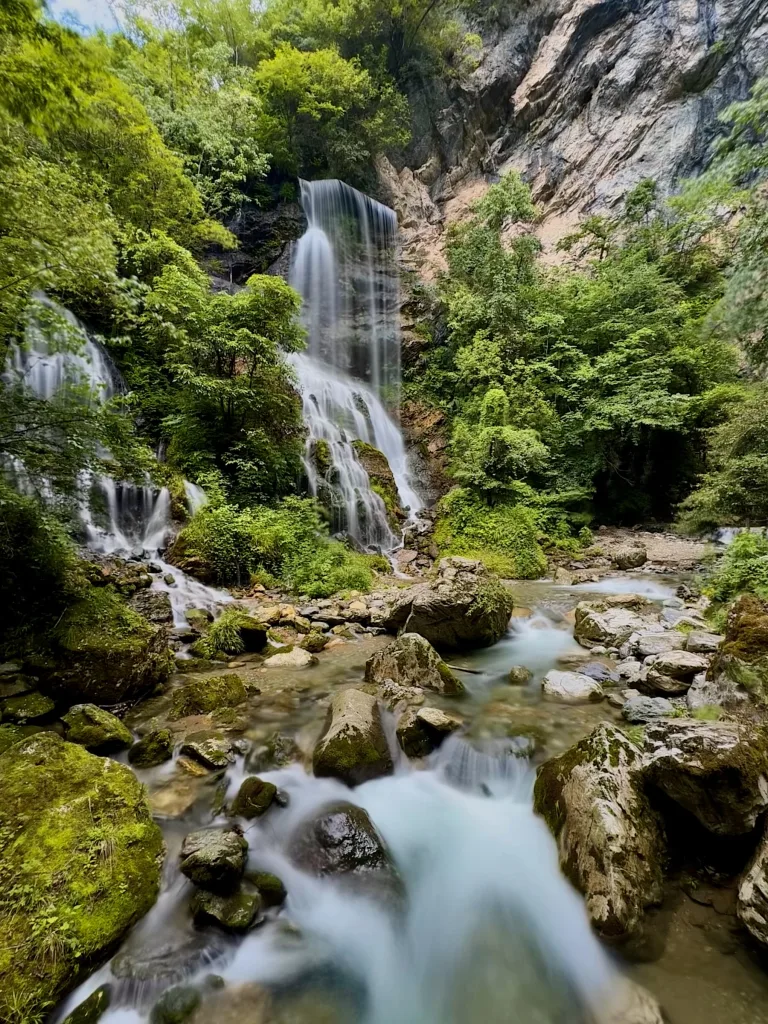
We followed a looped hiking trail from the base of the waterfall to the top, immersed in Shennongjia’s pristine forest. Along the way, local performers in traditional costumes greetedus, offering samples of regional cuisine, adding a cultural flourish to the natural splendor.
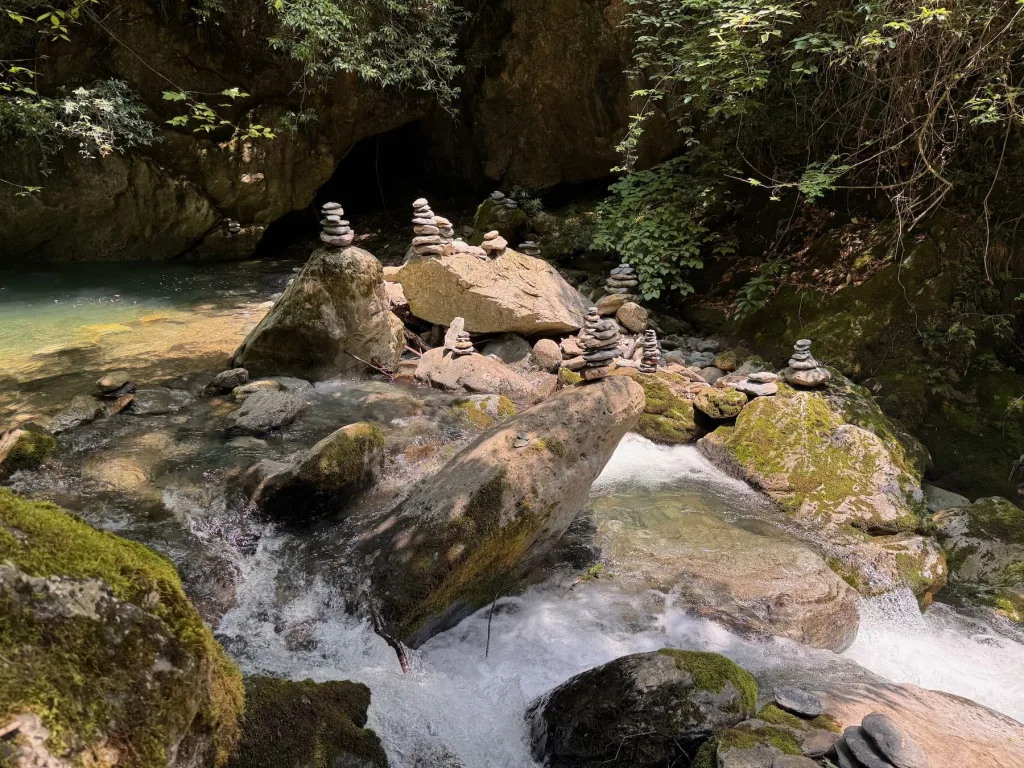
Plan for 1-2 hours here, soaking in the sights and sounds of this geological gem.
Our afternoon took us to Guanmenshan (官门山), the “ecological grand view garden” of Shennongjia, just 7 km from Muyu Town. This lush haven blends dense forests, rare wildlife, and educational exhibits.
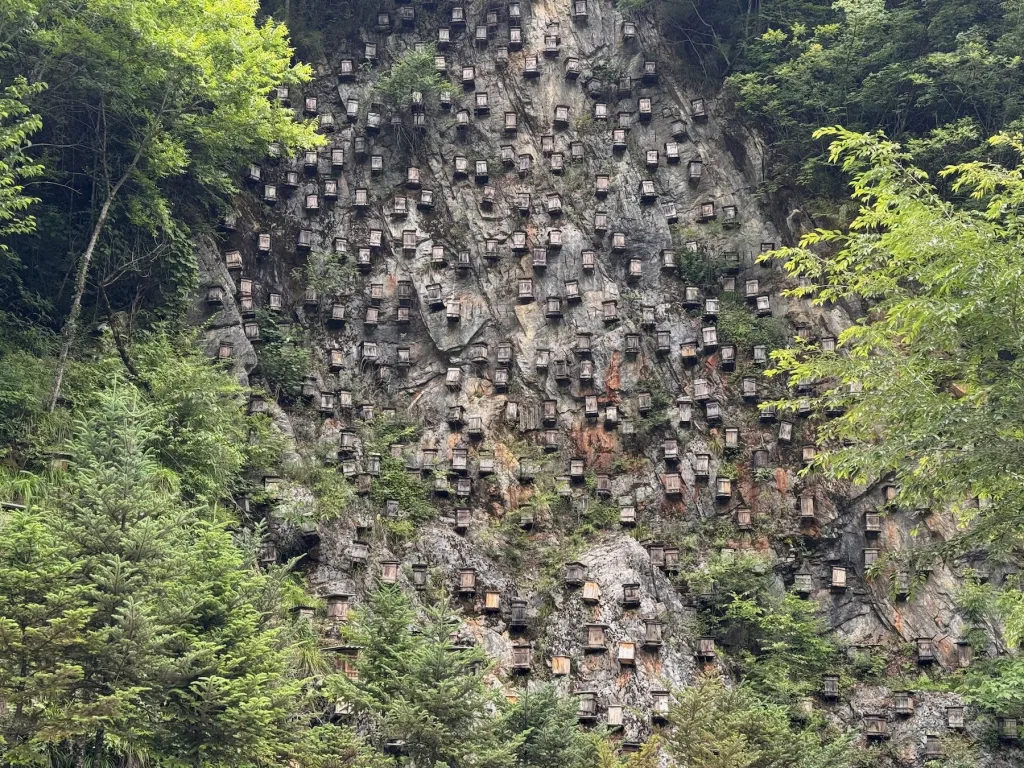
We explored the Shennongjia Nature Museum, marveling at displays of local geology, rare species like the Chinese giant salamander, and tales of the elusive Yeren (wild man).
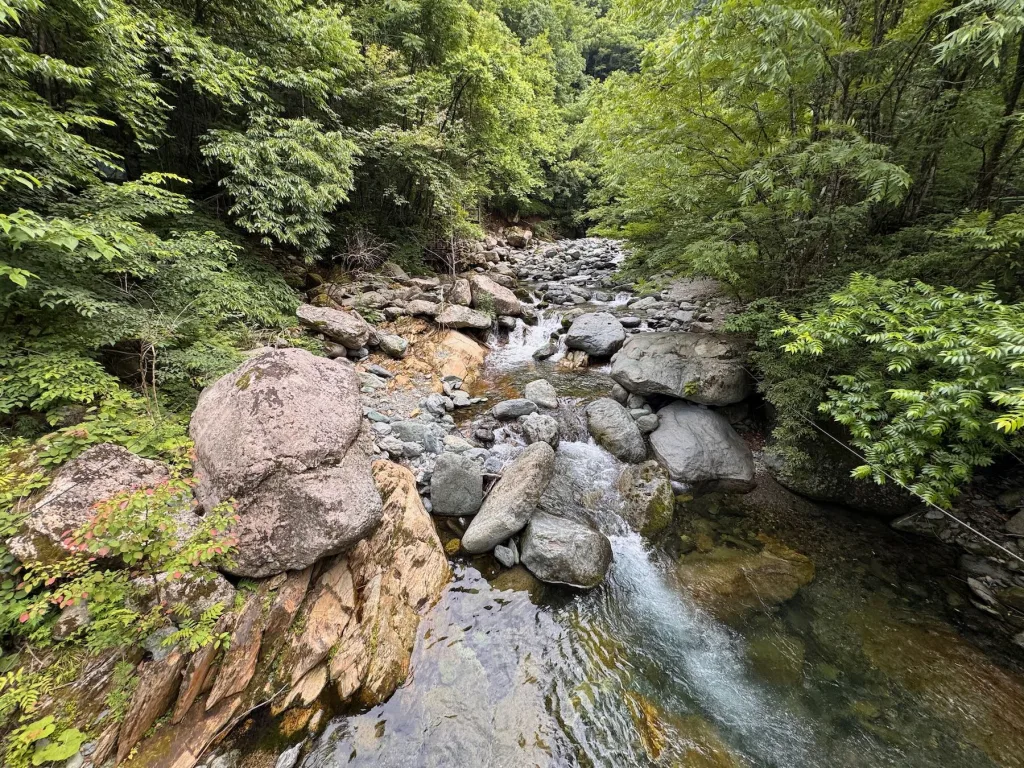
The area’s highlights include a karst cave, a panda park, a mini aquarium showcasing unique fish, and a cliff dotted with beehives—an unexpected natural spectacle. A wooden boardwalk lined with educational signs about local birds and plants made the 1-2 hour visit both immersive and informative.
Our final stop was Tianyan Scenic Area (天燕景区), Shennongjia’s high-altitude wonder, perched at 2,200 meters above sea level. After parking, we embarked on a hiking trail to the Swallow Cave (Yanzidong), a dark, natural tunnel where swallows darted in and out, their wings a blur against the cave’s rugged walls.
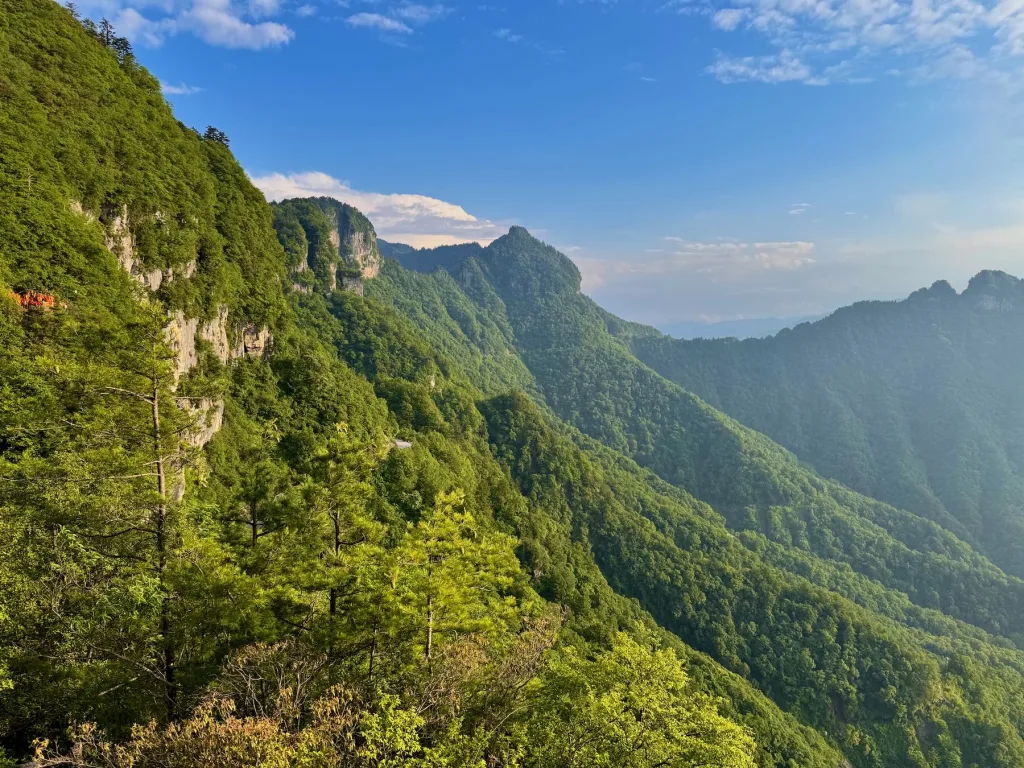
To protect their habitat, no lights illuminate the cave, making it a raw, intimate encounter with nature.
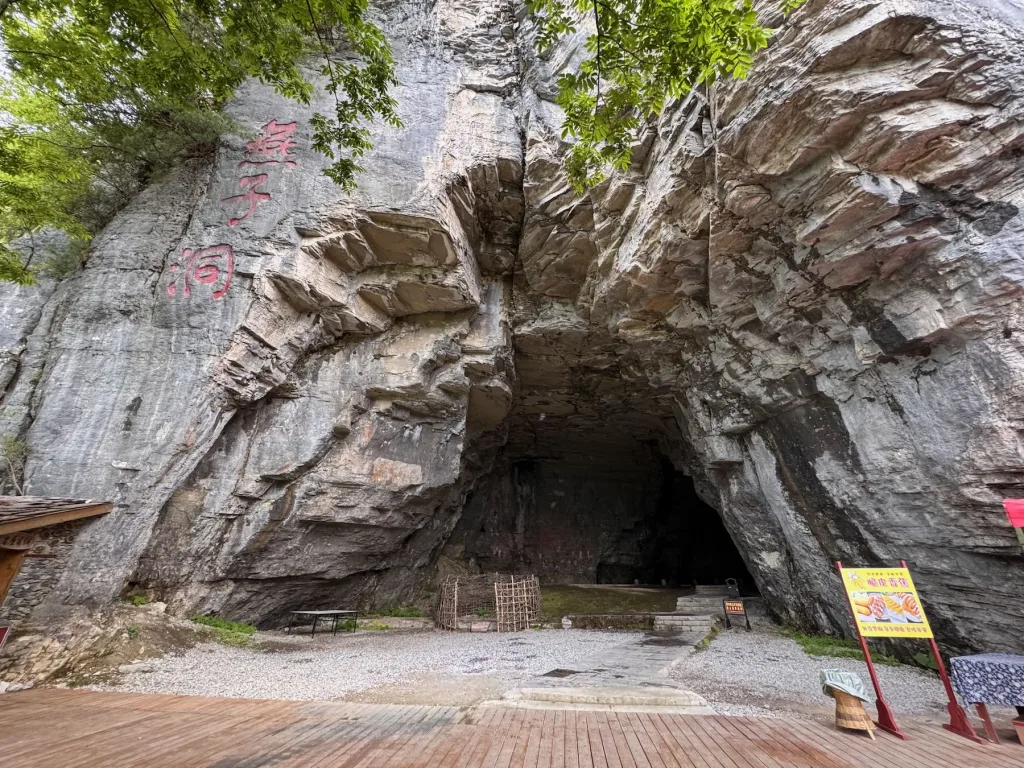
Continuing along the trail, we reached the Rainbow Bridge, one of Asia’s highest-altitude sightseeing bridges.
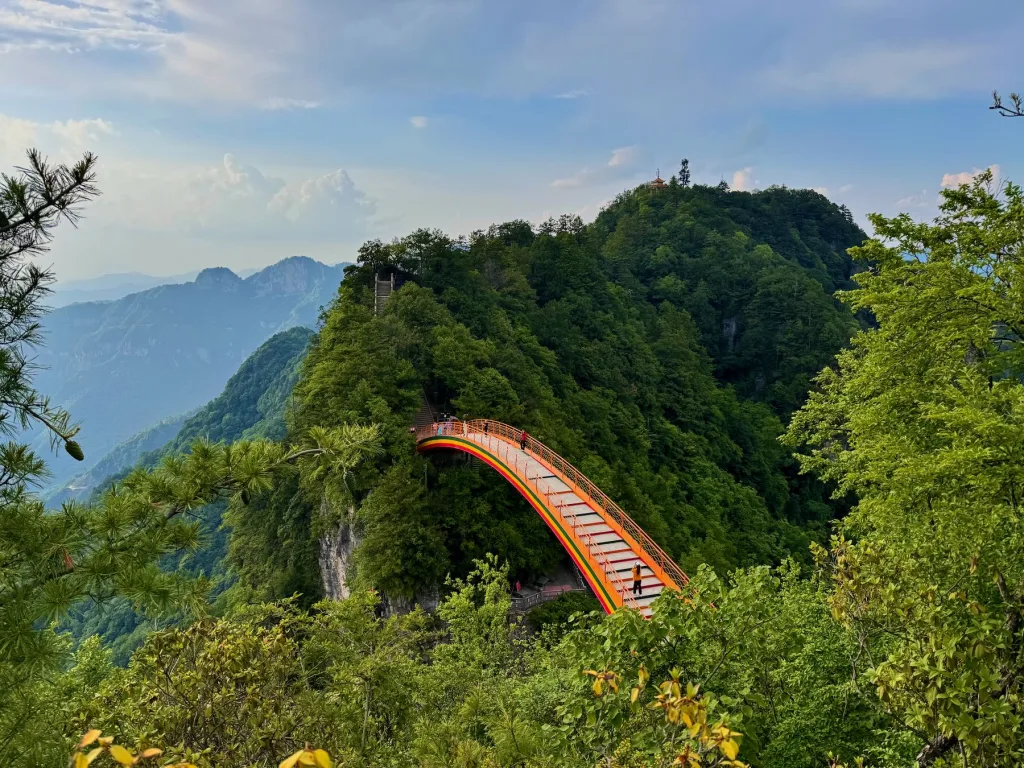
Standing atop it, we were awestruck by panoramic views of Shennongjia’s karst canyons, ancient forests, and mist-shrouded peaks. The vibrant foliage and crisp mountain air were a perfect cap to our day.
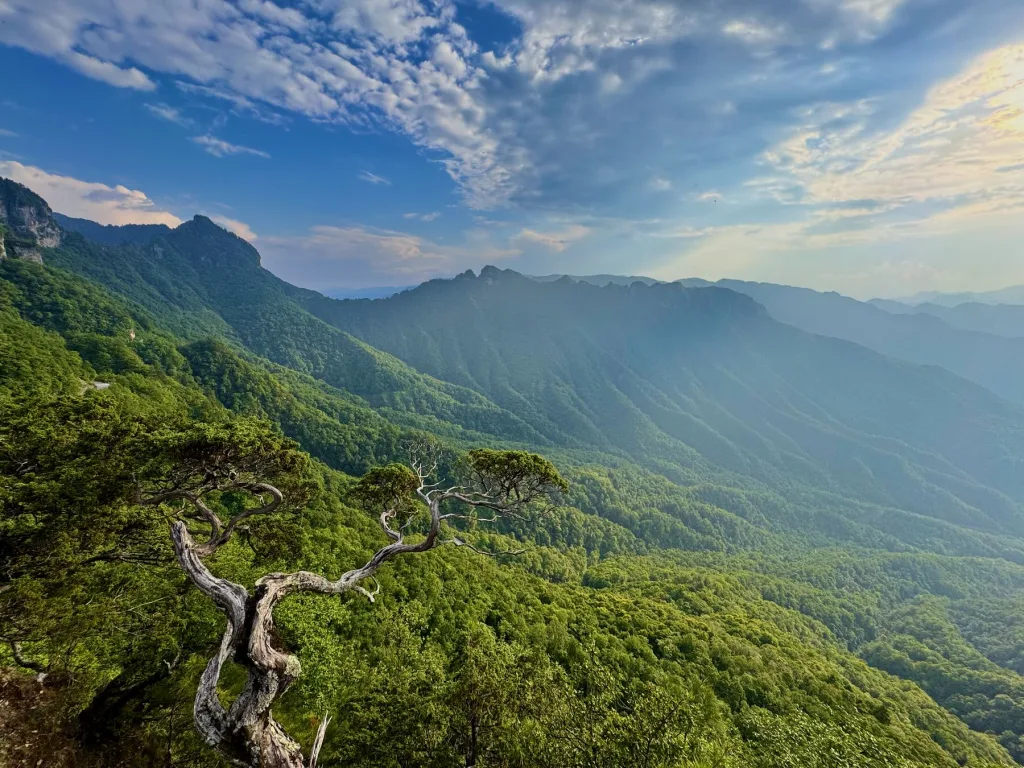
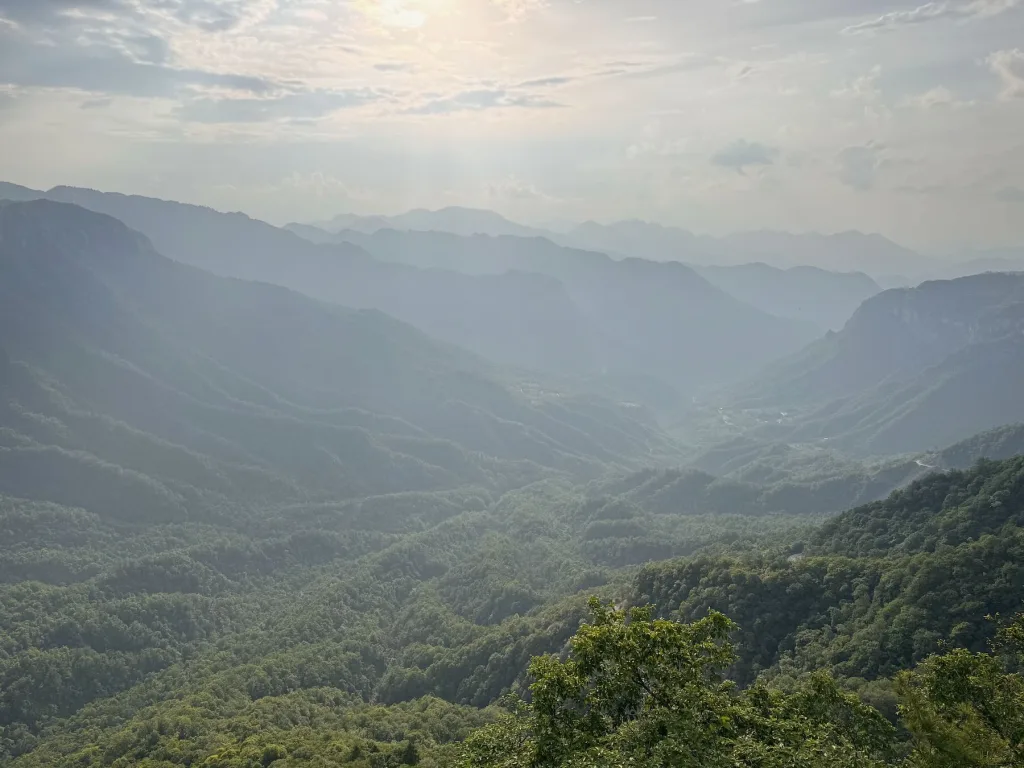
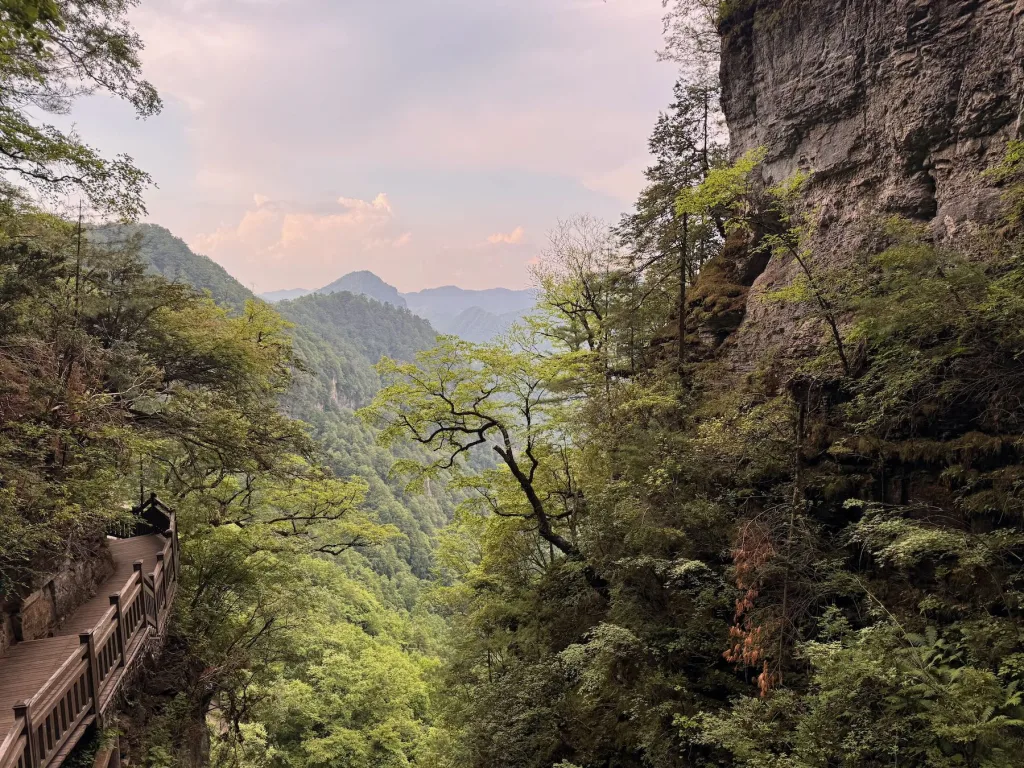
After a full day of exploration, we drove to Hongping Town, and checked into a cozy hotel for just ¥80 per night for a twin-bed room. The affordability and charm of Hongping made it a great base for our Shennongjia adventures.
Day 3: Shennongding Scenic Area
Our third day in Shennongjia led us to the crown jewel of the region: Shennongding, the star attraction ofShennongjia Primary Forest Park.
After a hearty breakfast in Hongping Town, just across from our hotel, we set off for an adventure-filled day.

As we drove toward Shennongding, we passed a group of campers pitched alongthe national road. Among them was a quirky RV serving coffee, where I indulged in my favorite coconut milk latte.
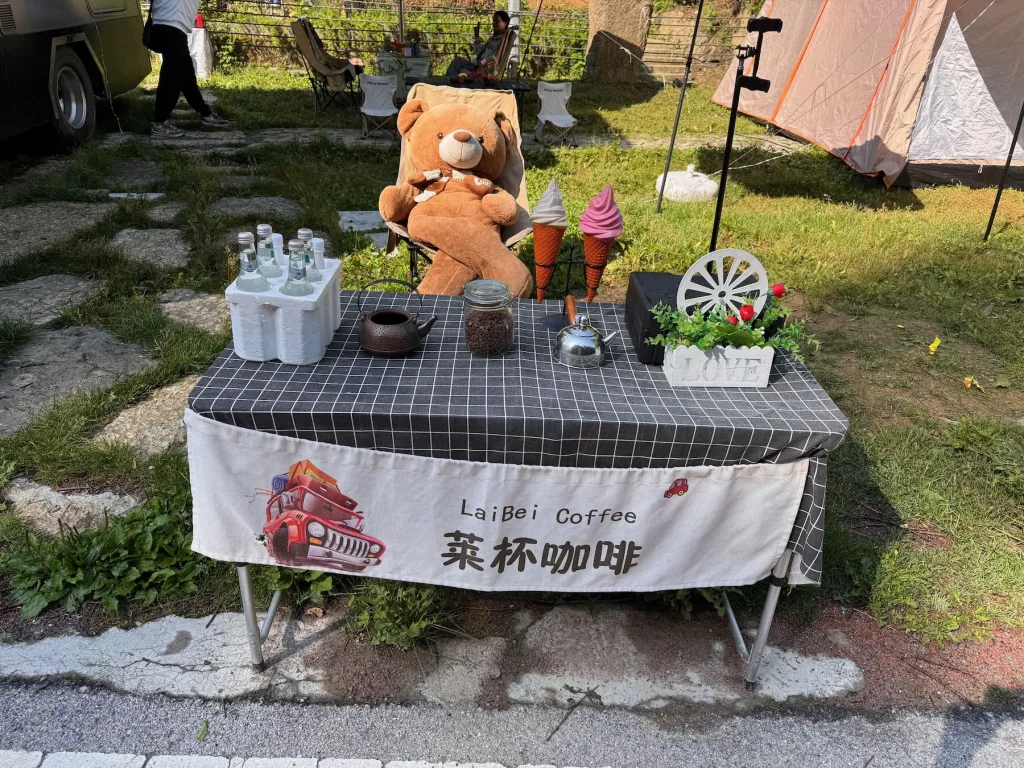
The campers shared that this unofficial site is free, with access to water, electricity, and even a mobilegrocery van that delivers fresh meats, vegetables, and supplies upon request. Talk about convenience in the wild!
Our first stop was the Original Forest (原始森林), a short hiking trail weaving through a lush landscape ofwaterfalls, babbling creeks, and fallen trees.
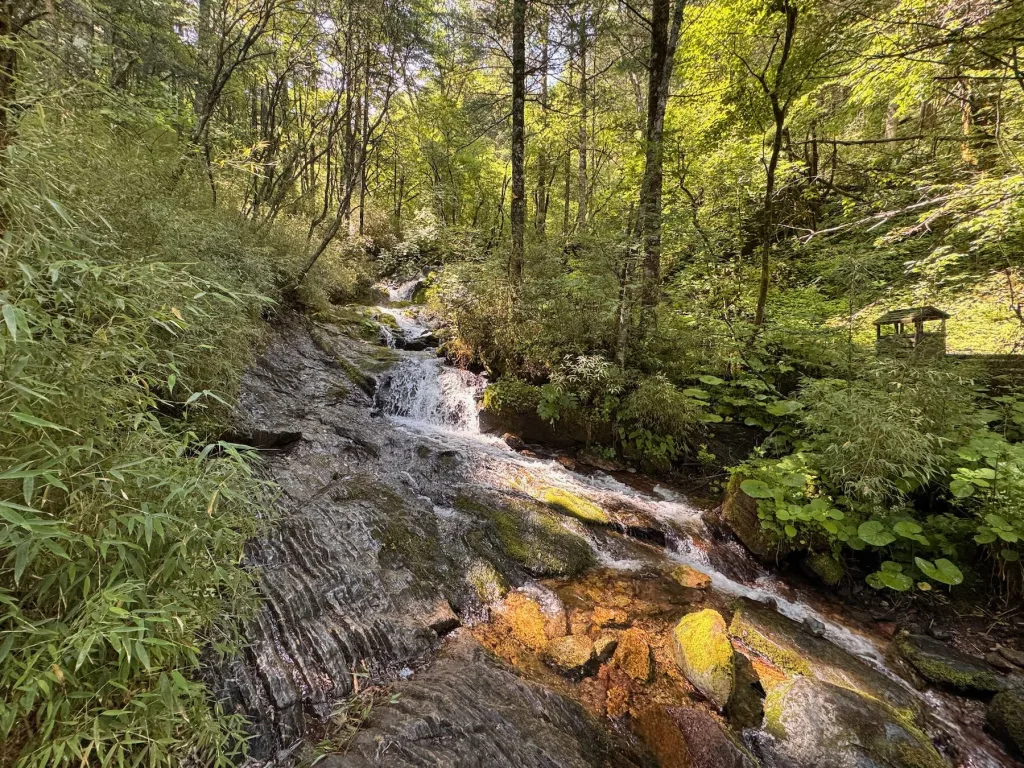
The air here is rich with negative ions—over 100,000 per cubicmeter—making every breath feel like a cleanse for the lungs.
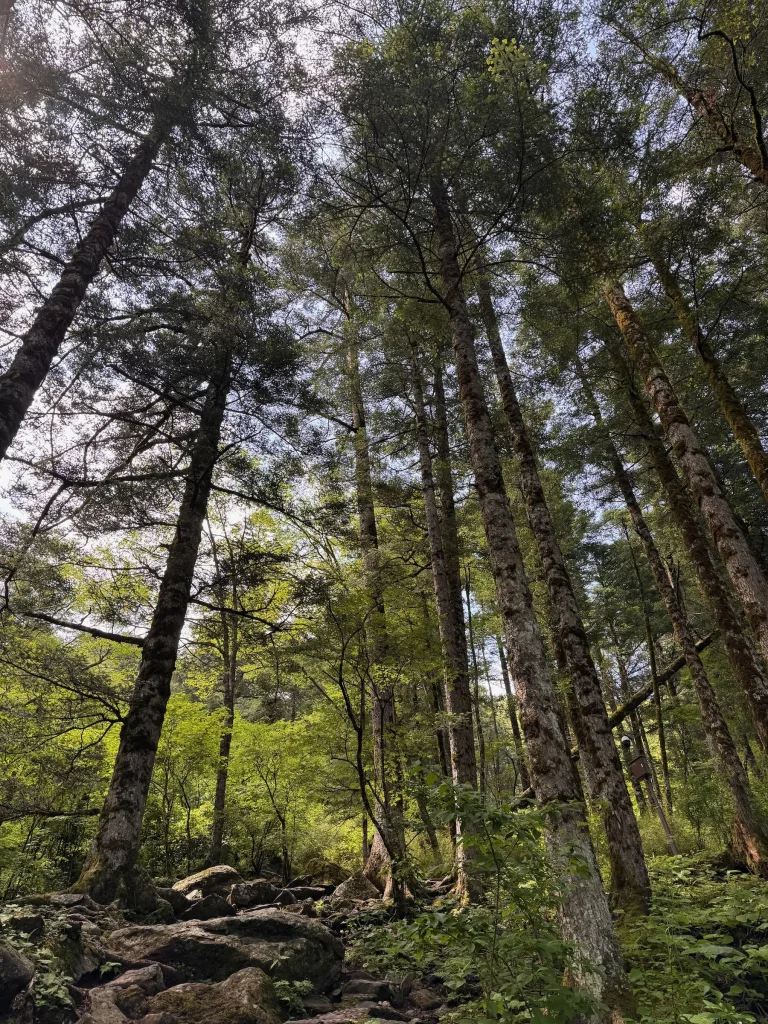
Nearby, the Golden Monkey Falls (金猴飞瀑) awaited. If you time your visit right, you might spot the playful golden monkeys swinging through the trees.
The scenic drive to our next destination was breathtaking, with views so stunning we couldn’t resist stopping forphotos at every turn.
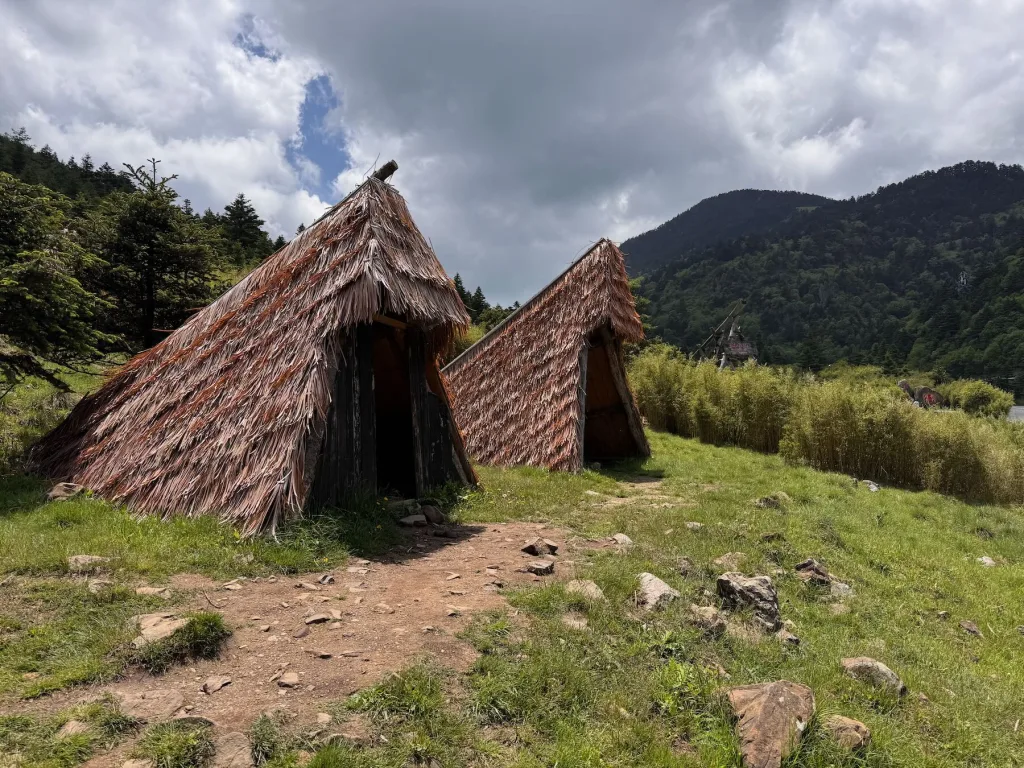
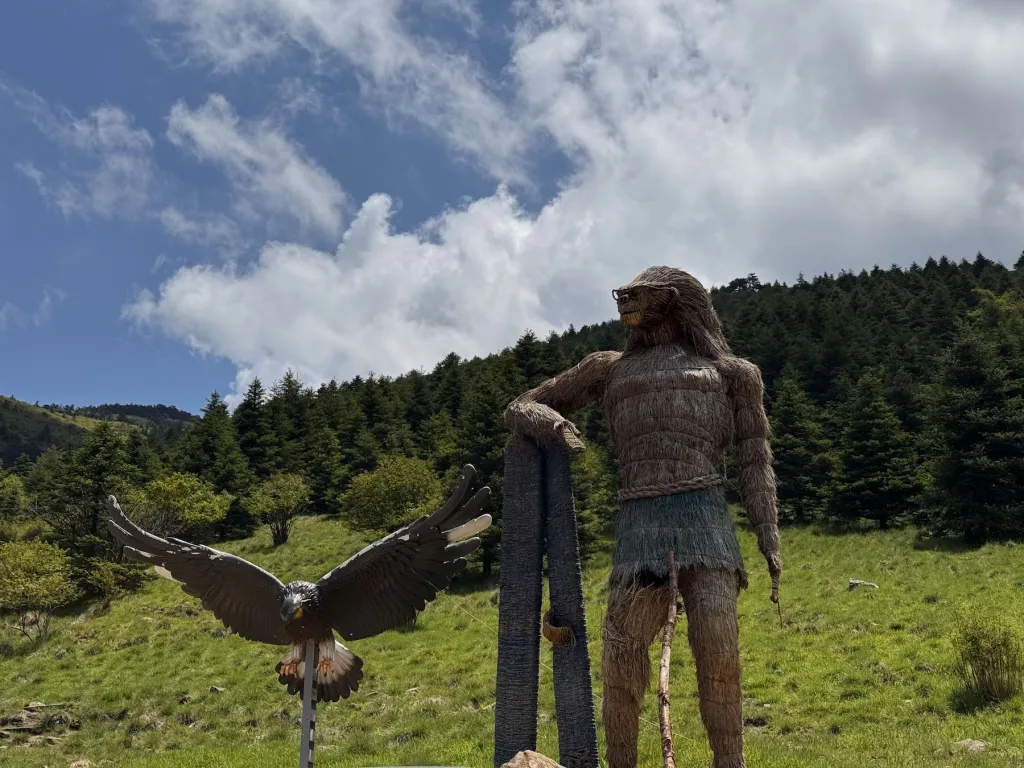
Next, we arrived at Shennong Valley, a must-visit gem in Shennongding. This looped hiking trail, about 4 kilometers long, descends into a valley adorned with rocks in fantastical shapes.
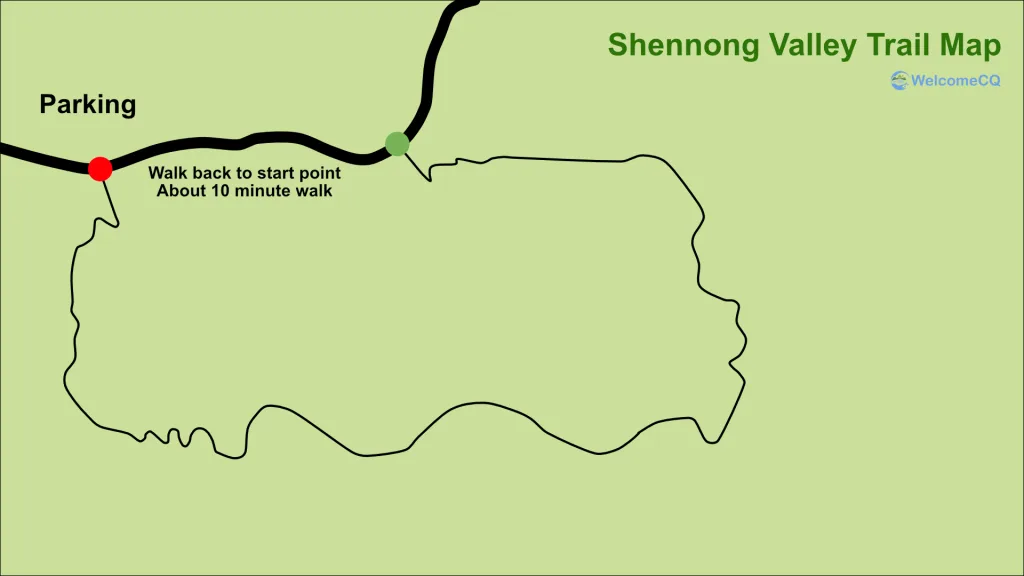
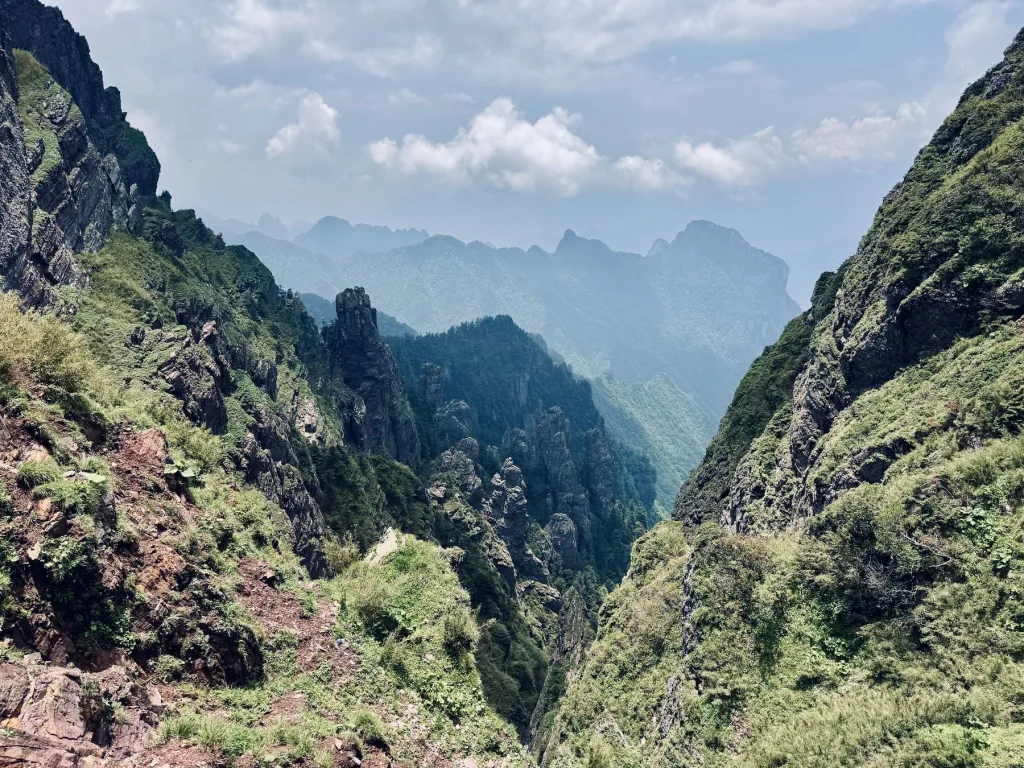
Before starting, we paused at the photo stop, where friendly staff snapped a picture for us (printed for just 20 yuan).
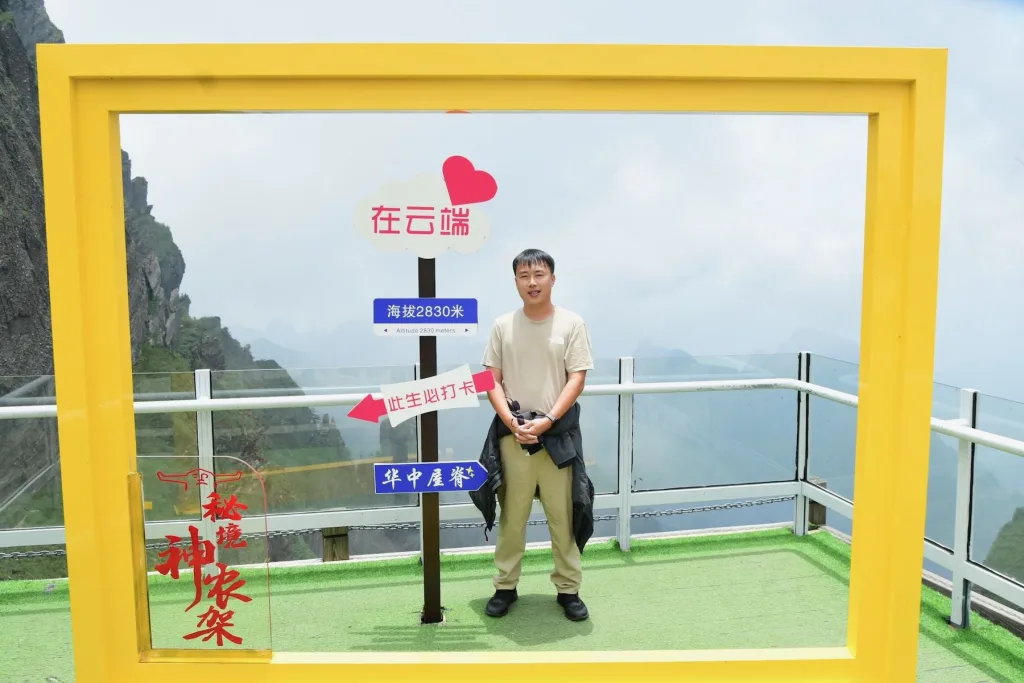
The trail, with its steep declines and inclines, takes around 4 hours to complete, so pace yourself and bring water and snacks. The high altitude made breathing a bit challenging for me, so we took it slow, resting as needed.
Do not enter Shennong Valley after 2:00 PM.
It takes 4 hours to return.
Weather conditions change drastically at the bottom of the valley.
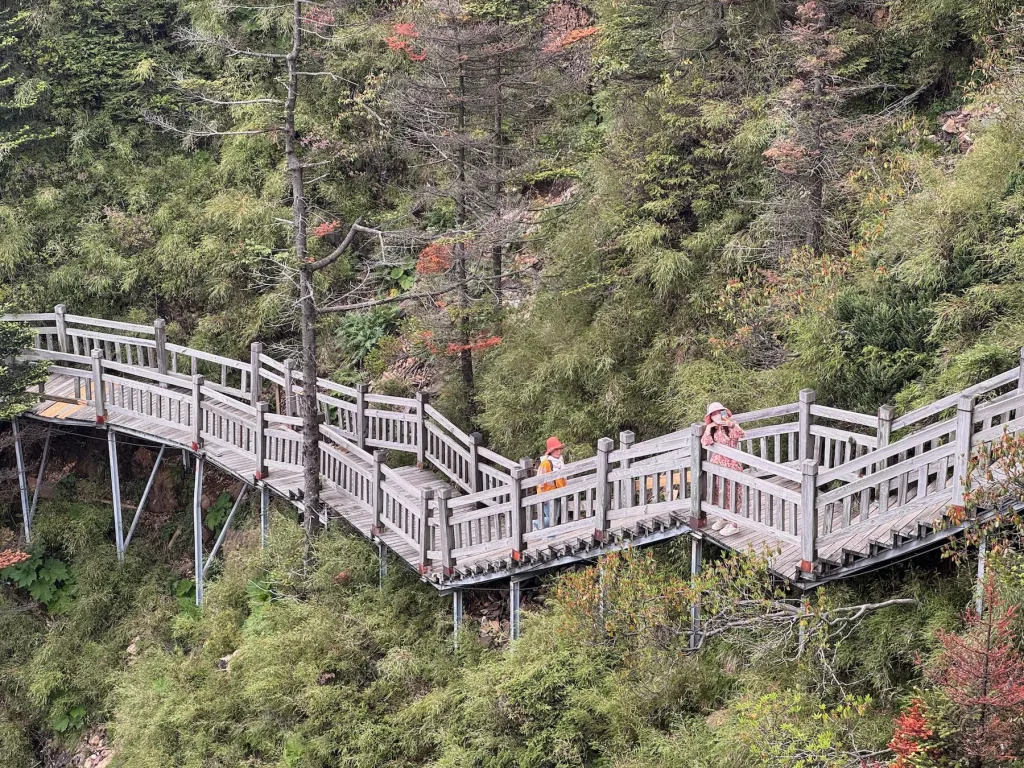
Trust me, the natural wonders of Shennong Valley—jagged cliffs, vibrant greenery, and serene beauty—are worth every step.
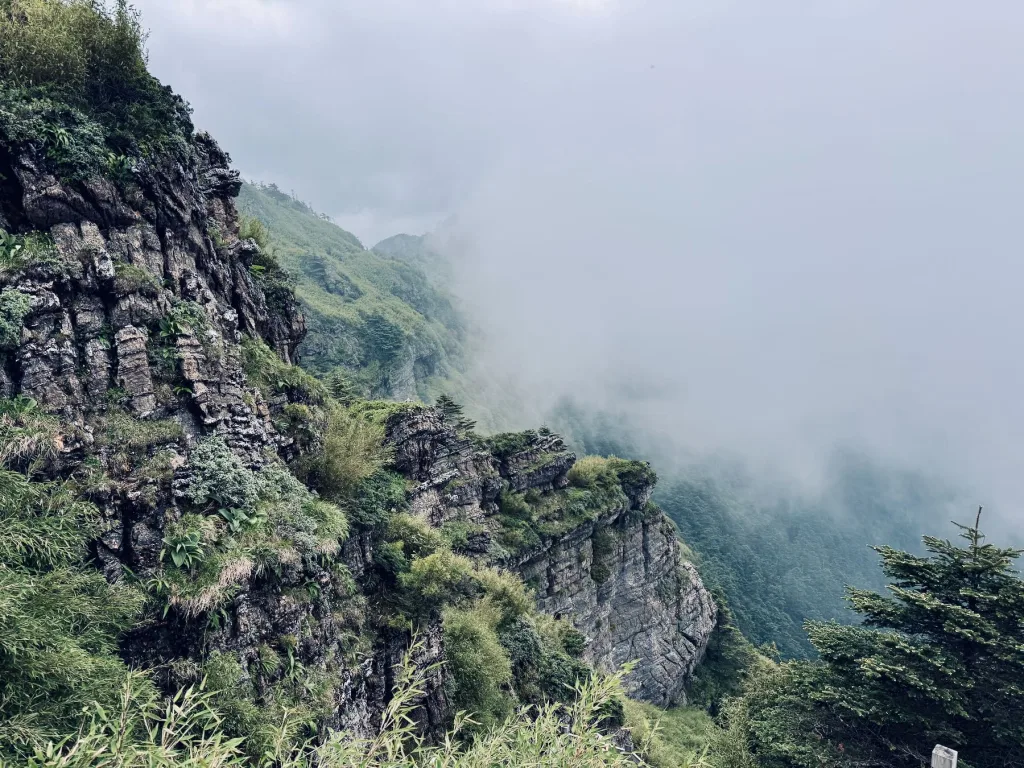
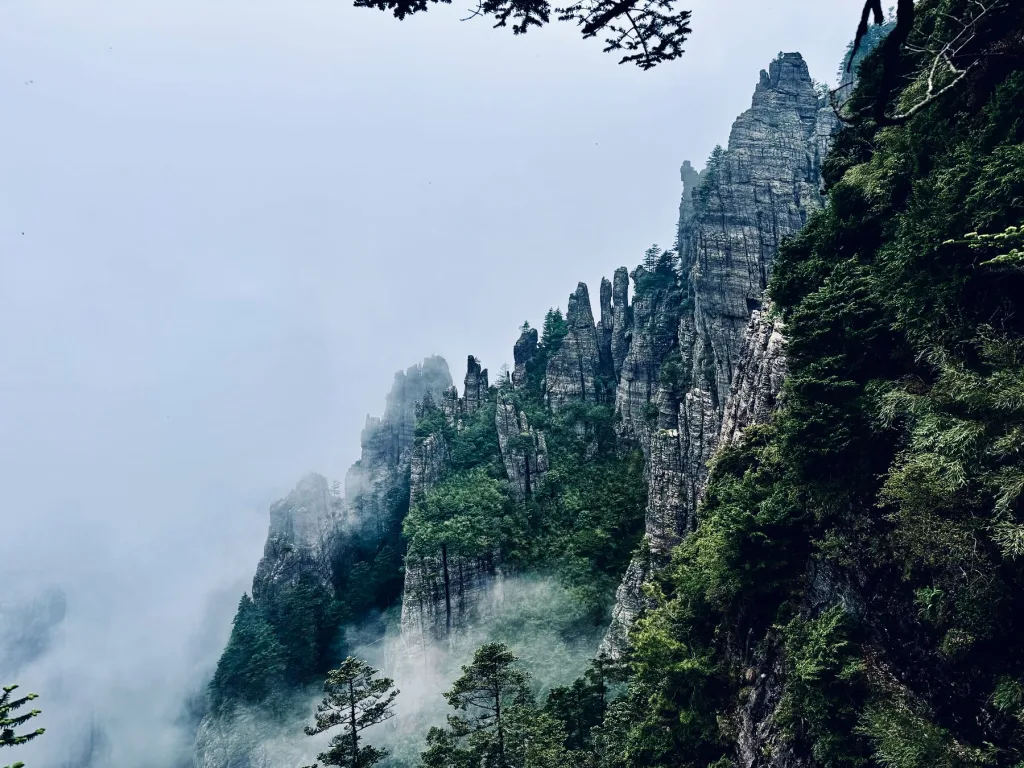
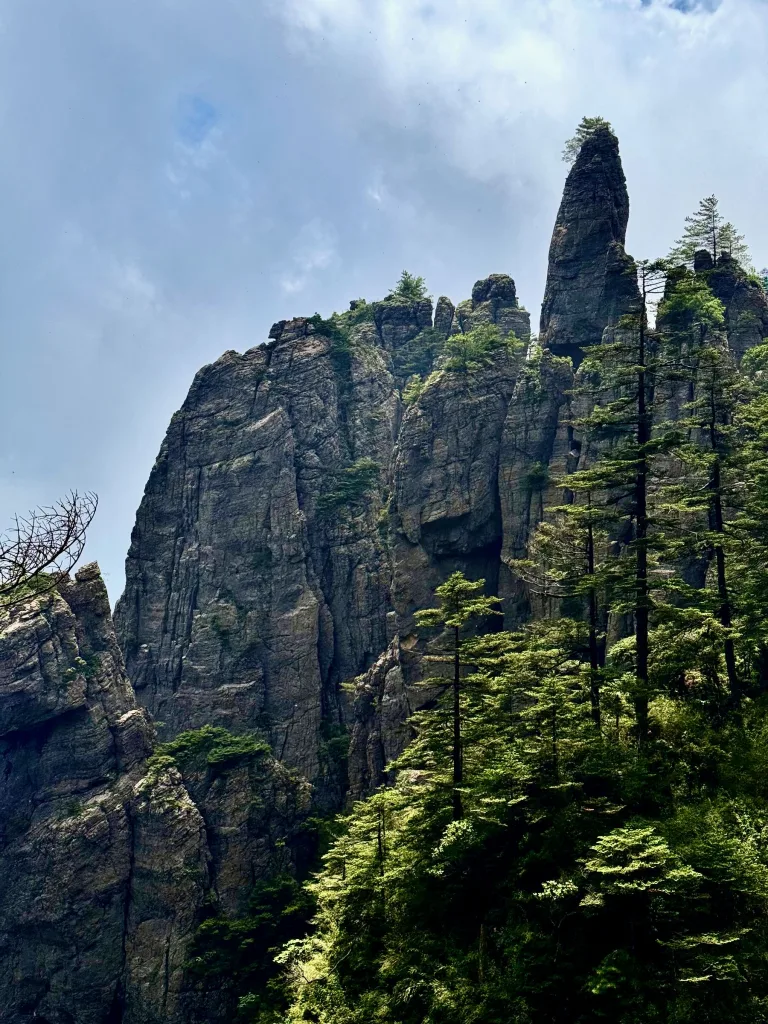
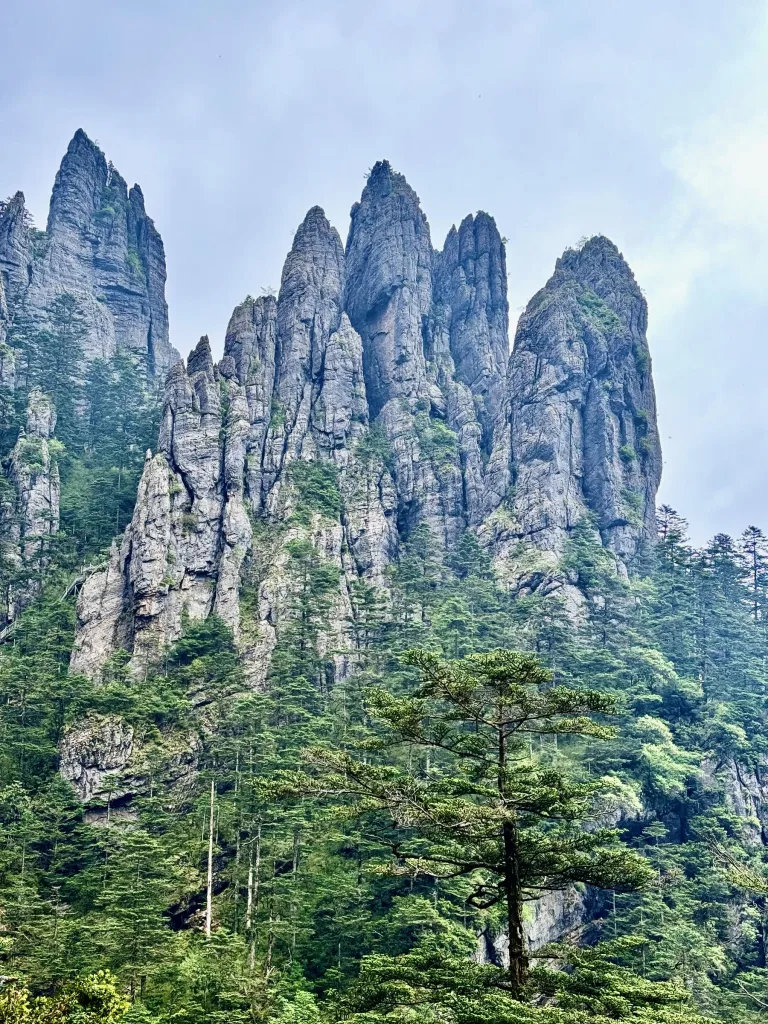
Exhausted but exhilarated, we continued to the Lookout Tower (瞭望塔), the highest point in the Huadong region at 3,100 meters above sea level. The panoramic views from here were nothing short of awe-inspiring.
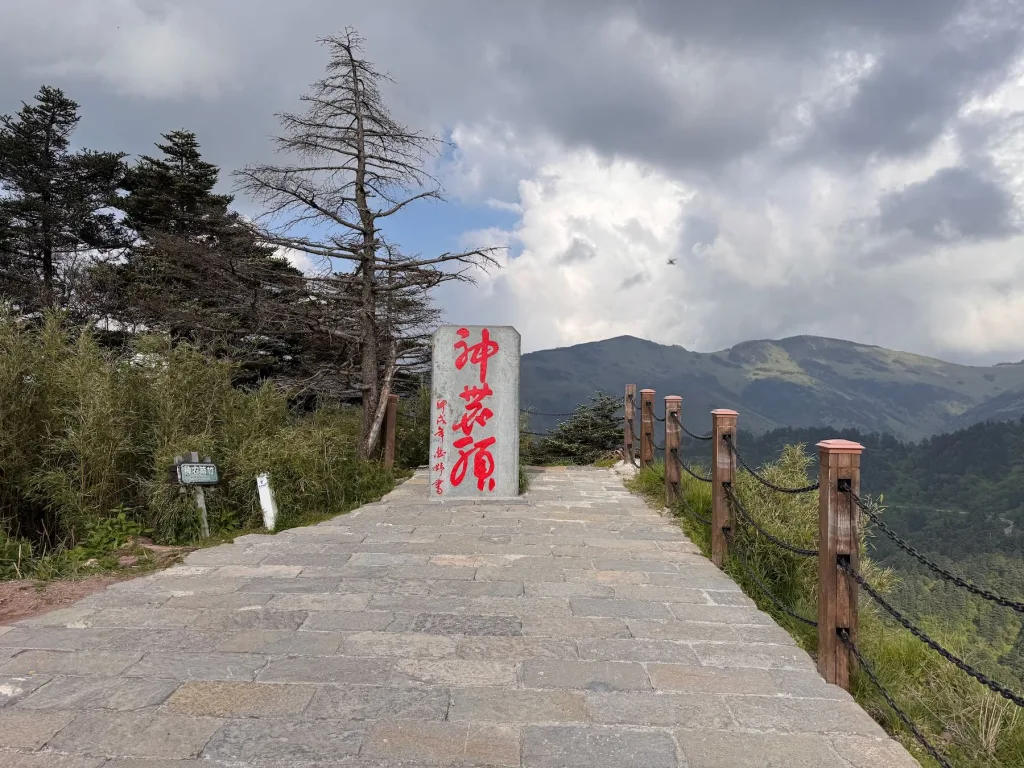
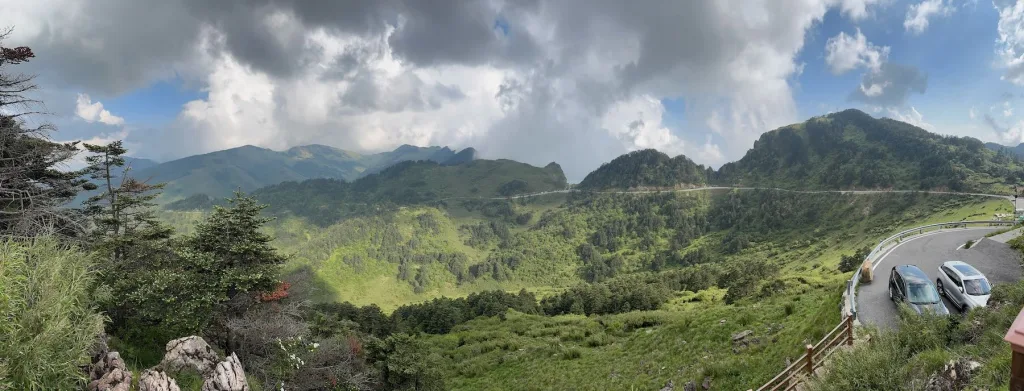
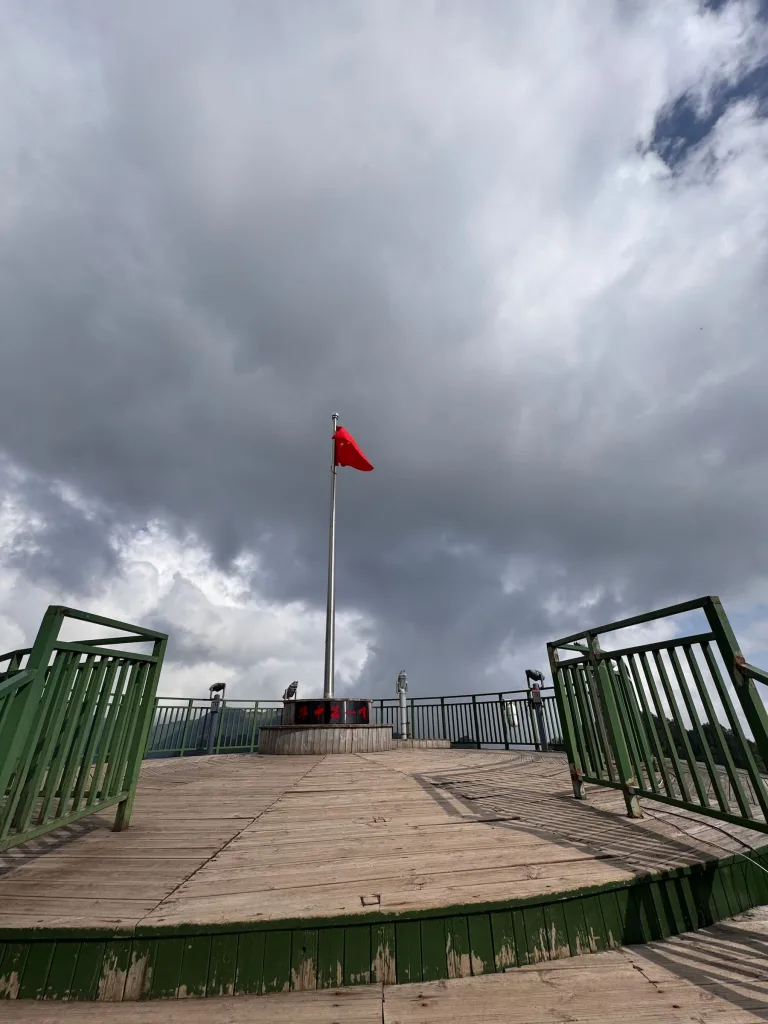
After the demanding valley hike, my mom was ready to take it easy, so we made quick stops at Lingyan Platform (灵岩台) for a few photos and Liangfengya (凉风垭), where a 10-minute scenic trail offered more stunning vistas. The one-way path was short but didn’t disappoint.
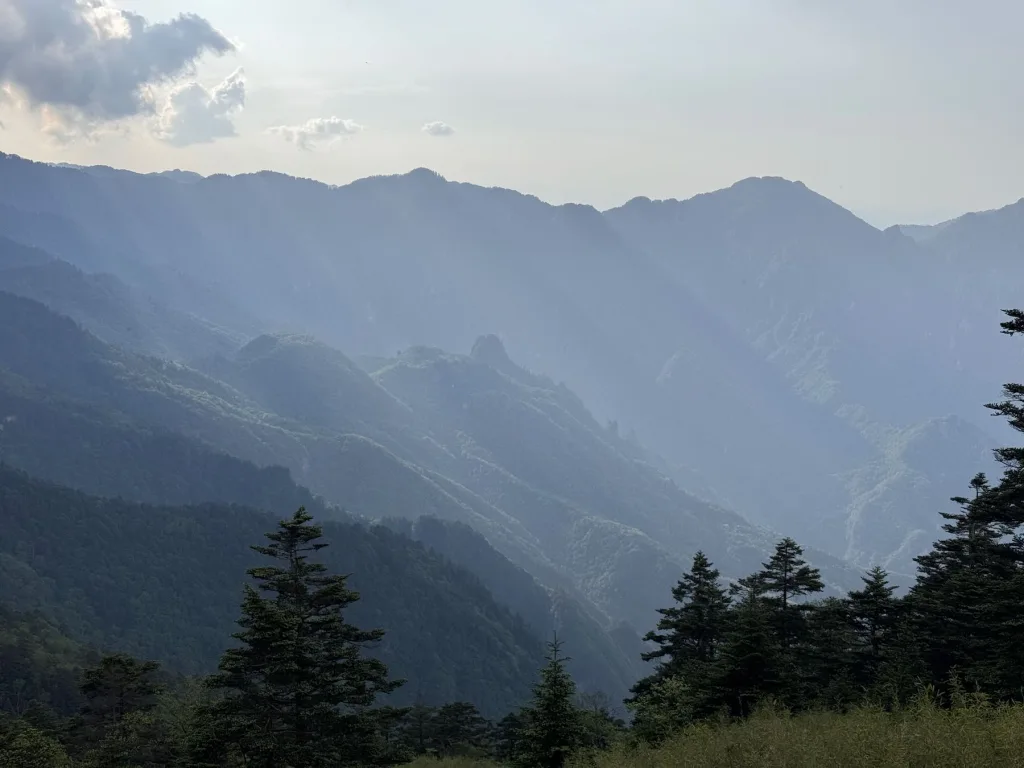
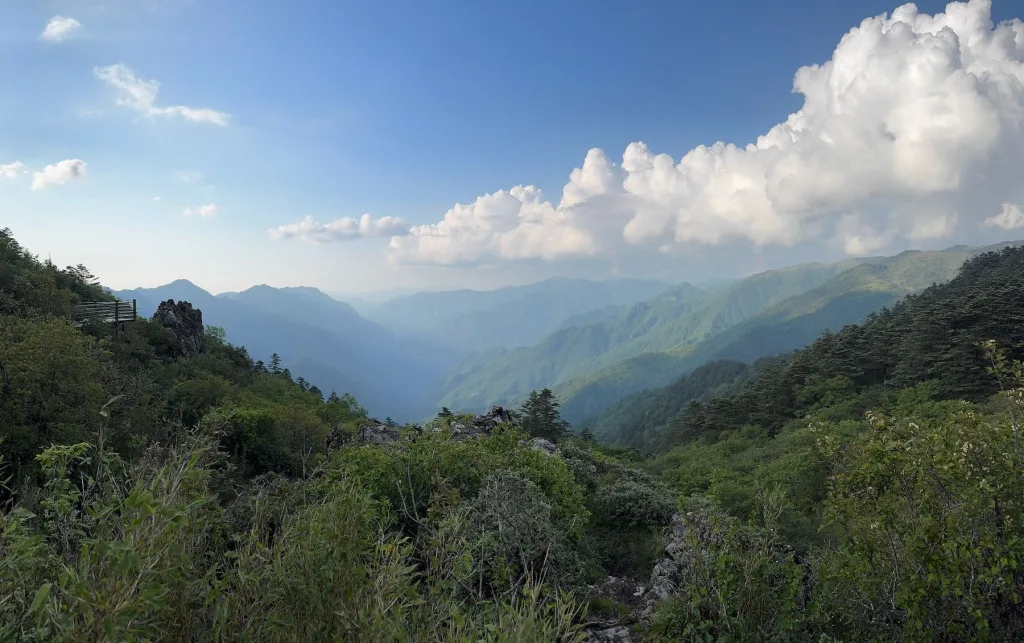
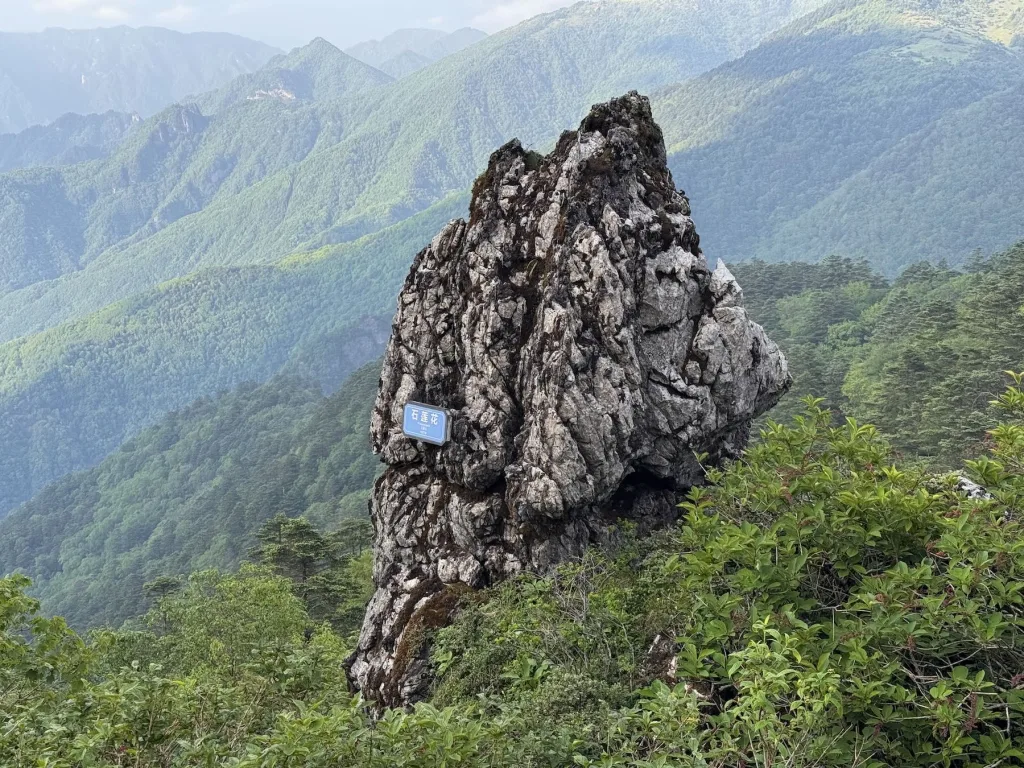
Our final major stop was the Wooden Partition Rock Scenic Area (板壁岩), a mesmerizing rock forest with formations in all shapes and sizes, a feature not unique to Shennongjia but also found in places like Chongqing’s Golden Buddha Mountain and Yunnan.
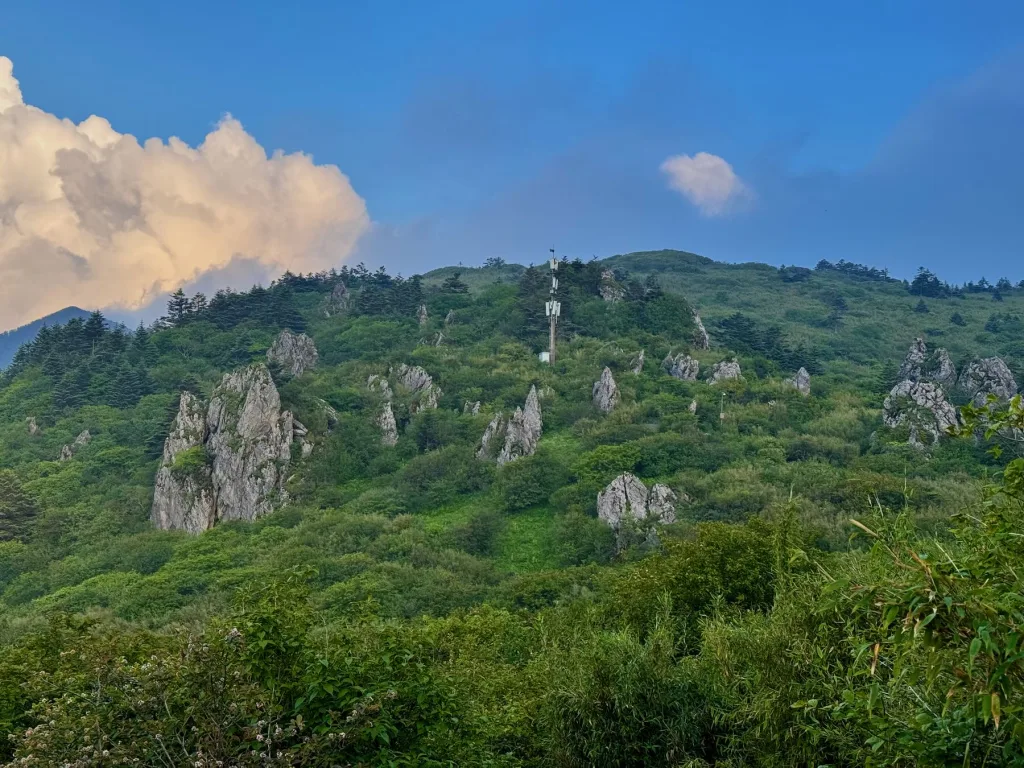

A trail here takes you deeper into the rock forest, requiring 30 minutes to a couple hours depending on how far you explore.
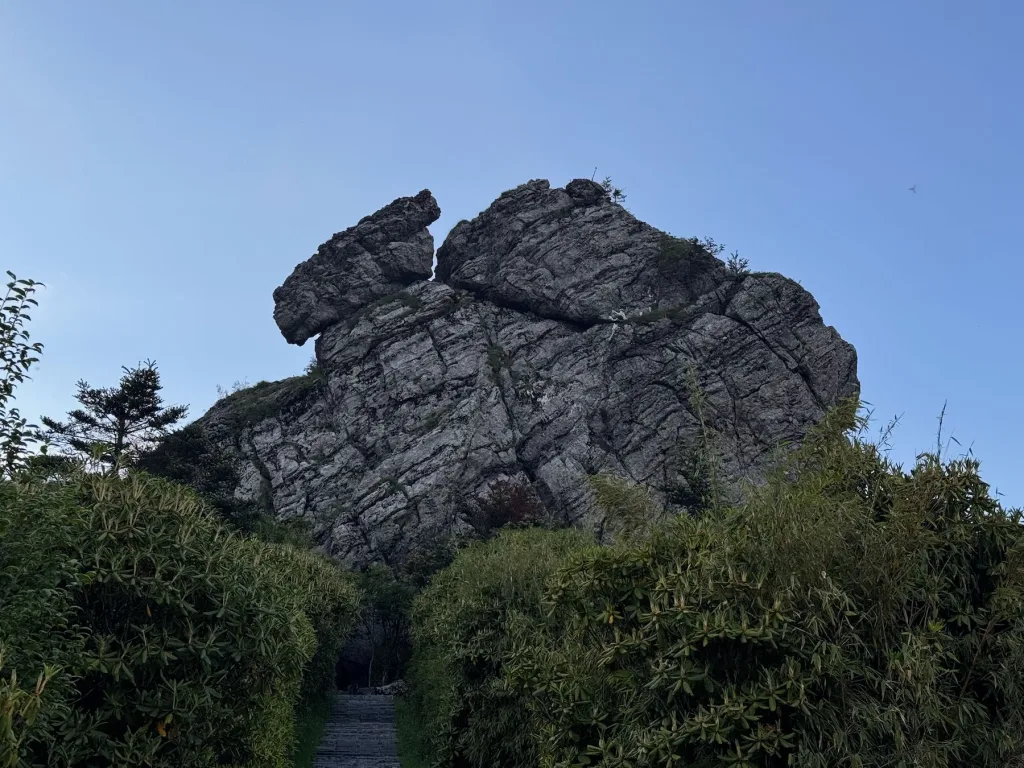
Though we rushed to soak in as much of Shennongding as possible, time constraints meant we couldn’t linger at every stop. If your time is limited, I recommend prioritizing the Original Forest, Shennong Valley, and the Lookout Tower for a perfect taste of Shennongding’s magic.
As the day wound down, we drove to Pingqian Ancient Town (坪阡古镇), the closest base to the Big Nine Lakes (大九湖), our next morning’s destination. We savored dinner in the charming town and settled into Haitang Hotel, where a comfortable two-bedroom room cost just 70 yuan per night.

Day 4: Dajiuhu and Dajiu Road
After yesterday’s grueling 4-hour hike in Shennong Valley, our legs were screaming for a break.
Thankfully, Day 4 was perfectly low-key, with a morning visit to the Big Nine Lakes (大九湖), a flat and easy scenic area, followed by an afternoon drive to Wushan, Chongqing.
We kicked off the day with another delicious breakfast in Pingqian Ancient Town before heading to the Big Nine Lakes Scenic Area. Unlike Shennongding, private vehicles aren’t allowed inside the park. Instead, you park at the visitor center and hop on a sightseeing bus to the main area.
From there, a charming mini-train takes you on a loop around the nine lakes, stopping at each one. You can hop off to explore, snap photos, and catch the next train when you’re ready. The setup is seamless and lets you soak in the scenery at your own pace.
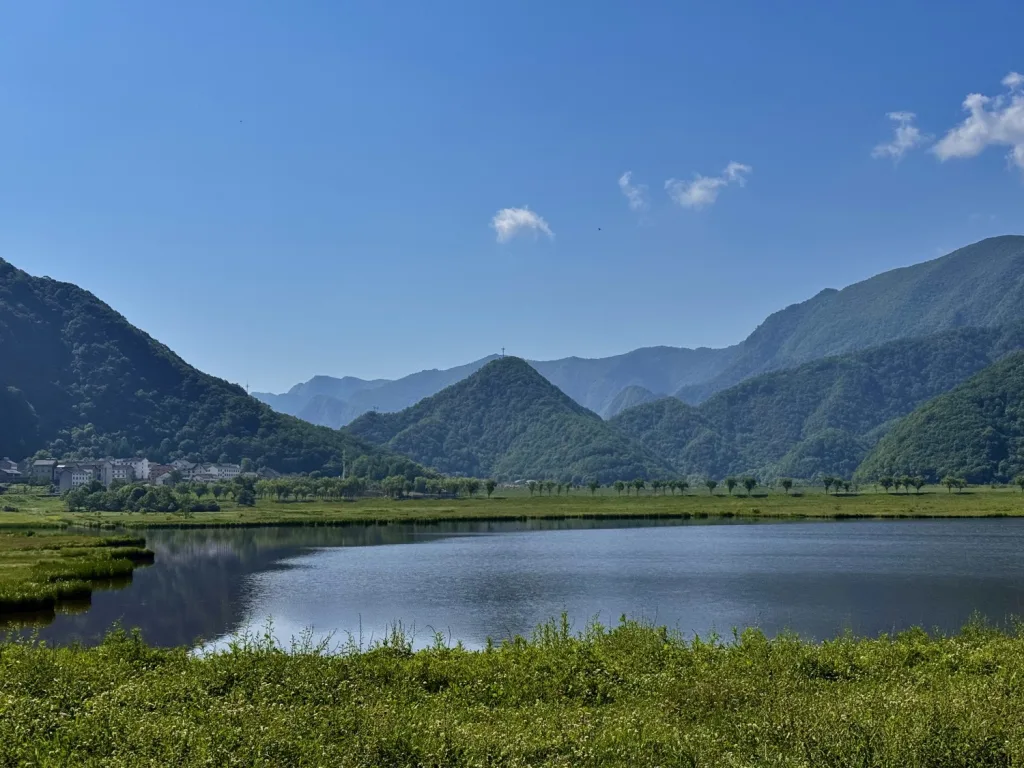
The Big Nine Lakes are a breathtaking collection of nine distinct lakes, each with its own unique charm—think crystal waters reflecting lush meadows and distant peaks. The terrain is blissfully flat, with no inclines or stairs, making it a perfect, leisurely walk for sore legs.
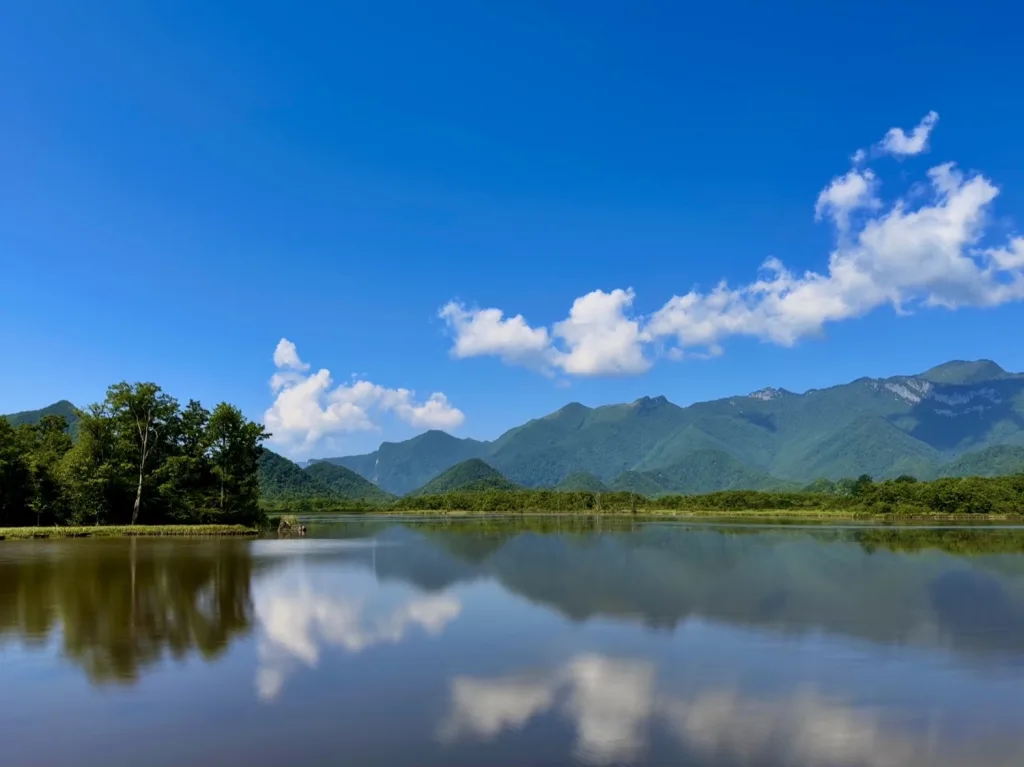
There are no restaurants inside the park, so pack snacks and water to keep you fueled. With every step, you’ll be reaching for your camera to capture the serene beauty.
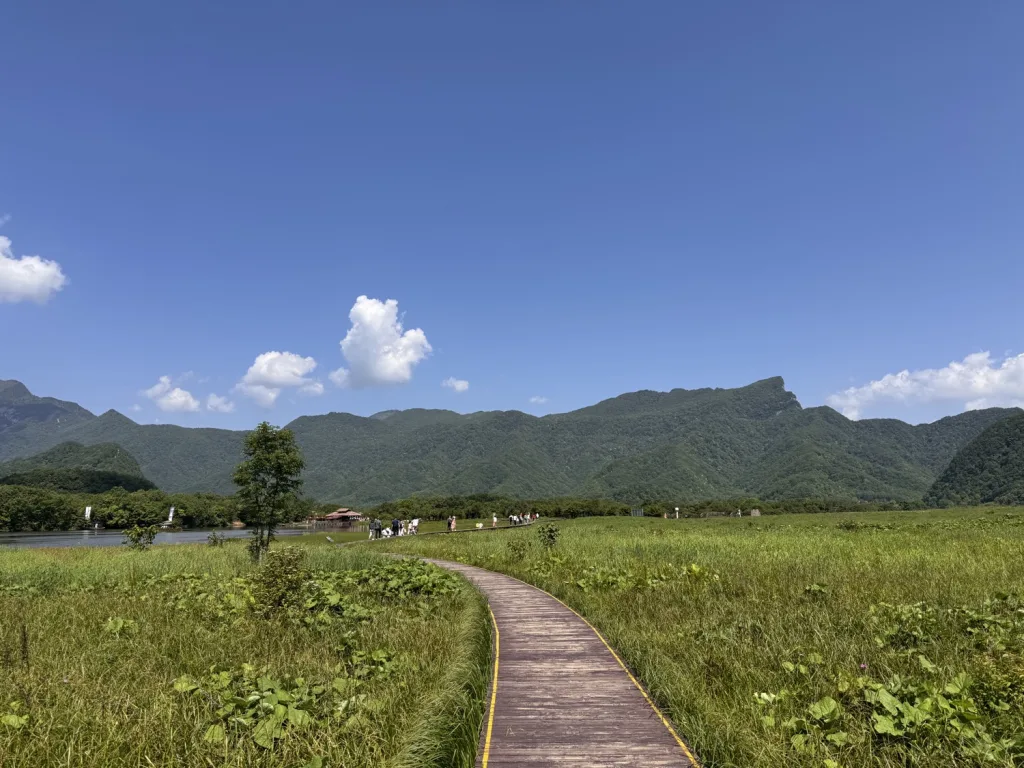
We spent about 3–4 hours here, and it was pure relaxation.
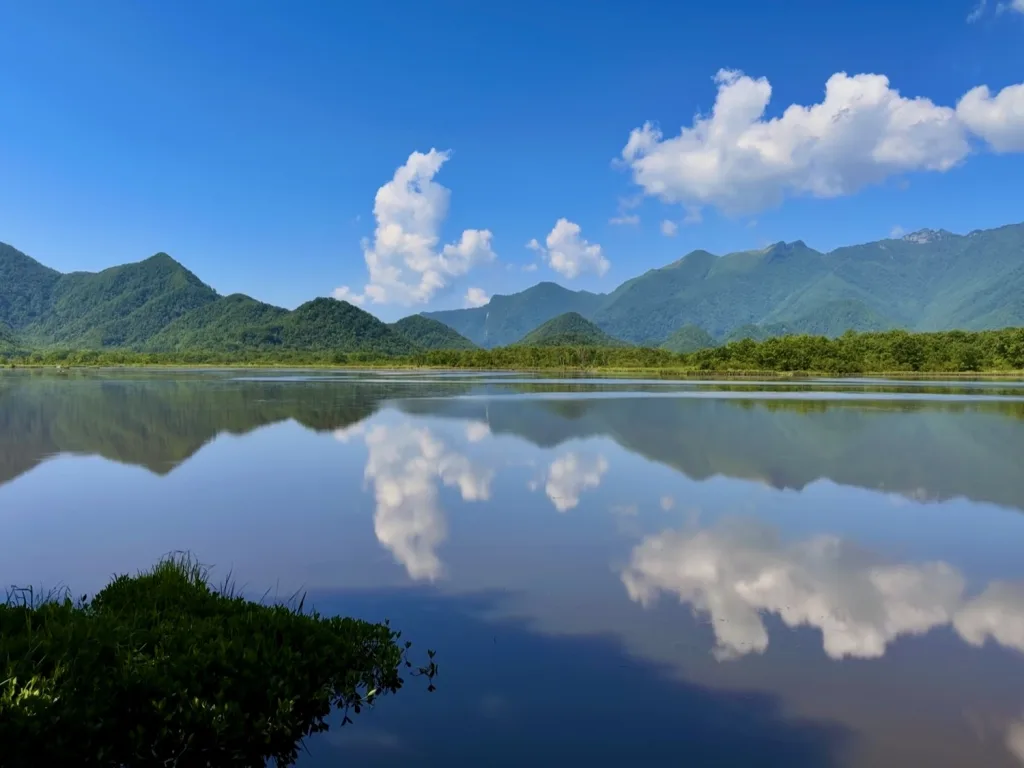
After the lakes, we began our journey to Wushan, Chongqing, where we planned to spend the night. Instead of backtracking to Xingshan County, we took the G347 National Road, which conveniently cuts through the Big Nine Lakes Scenic Area.
Here’s a pro tip: when you return to the park’s entrance from the lakes, turn left to re-enter the park and join G347. At the checkpoint, inform the staff you’re driving to Wushan (巫山县), and they’ll let you through without a park entry fee. (Navigate to The Flag Moutain 旗帜山 to make sure you are going on the same route we drove)
To prevent sneaky sightseeing, they’ll charge a refundable deposit, returned when you exit the park on the other side. You’ll need to pass through within a set time, so keep moving. The G347 road through the park was a bit rougher than Shennongding’s well-paved routes, with some sections narrowed by minor landslides. But drive carefully, and you’ll be fine.
The reward? Some of the most spectacular views of our entire trip, completely unexpected.
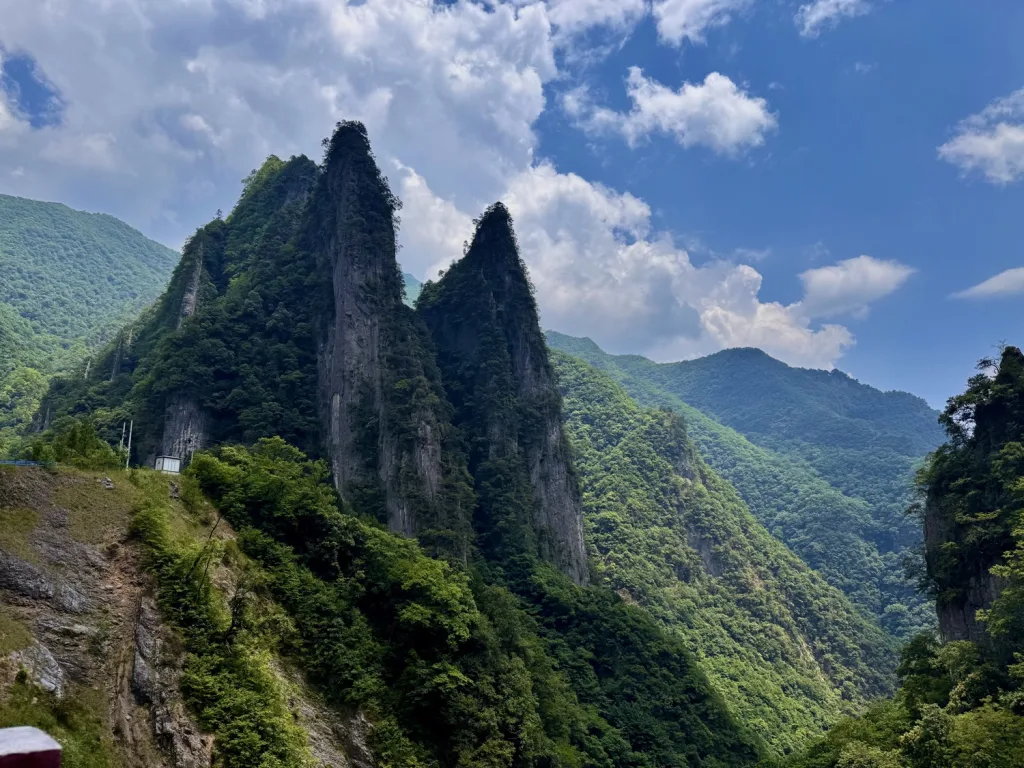
We wound through uniquely shaped mountains and deep canyons, with barely another vehicle in sight.
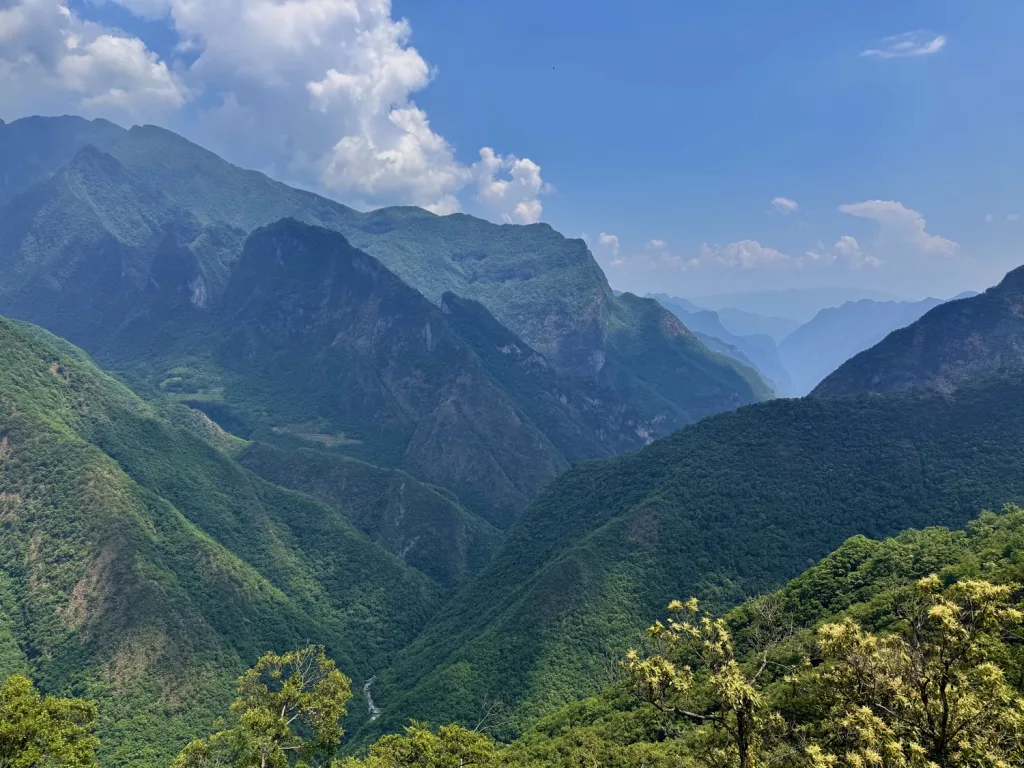
The solitude and raw beauty were mesmerizing. To our surprise, we soon entered the Wulipo National Nature Reserve, a free-to-access gem you can enjoy just by driving through.
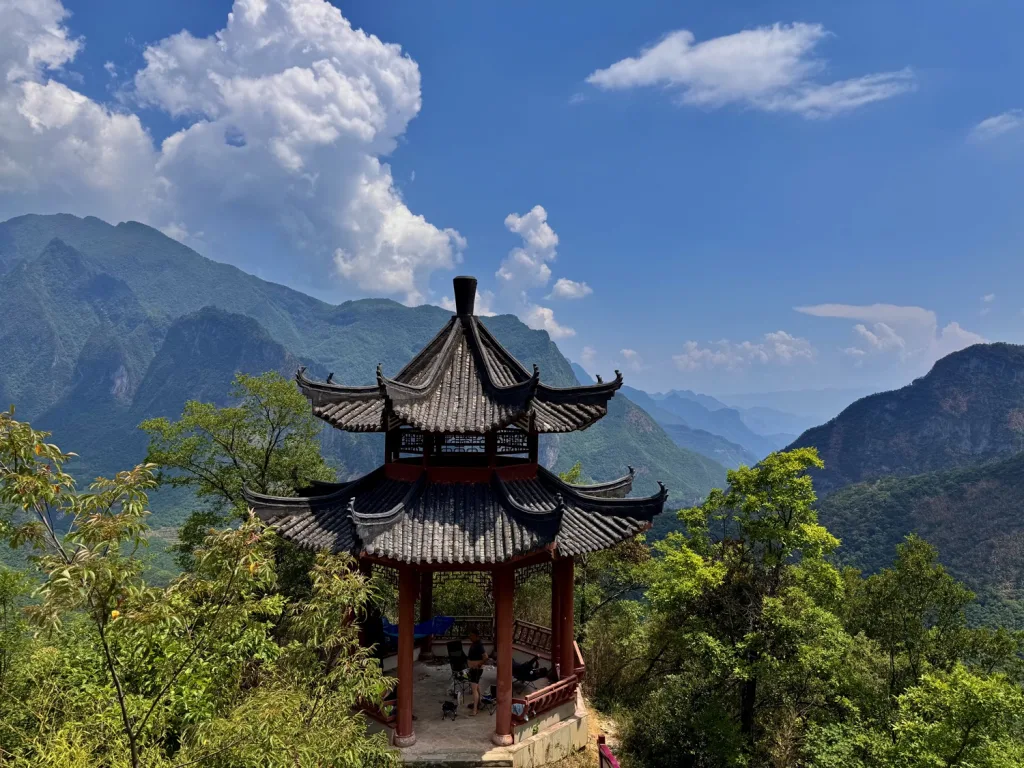
The road is dotted with scenic viewing decks, perfect for pulling over to snap photos or simply marvel at the untouched wilderness.
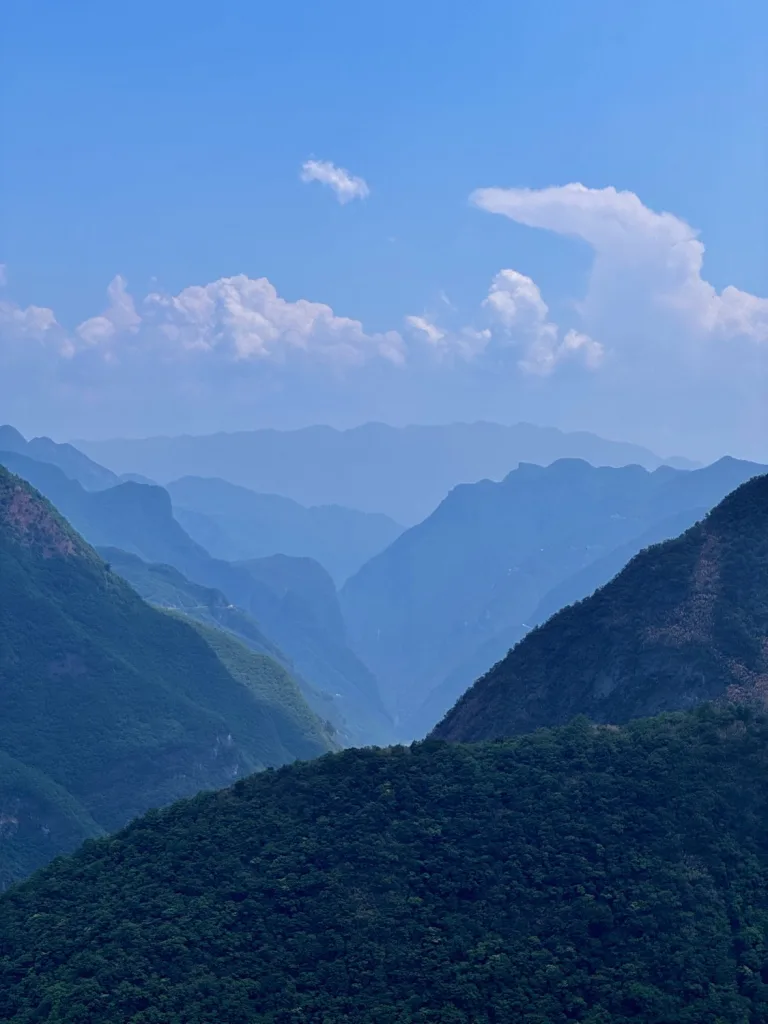
We hadn’t planned for this bonus adventure, but it was a highlight of the day.
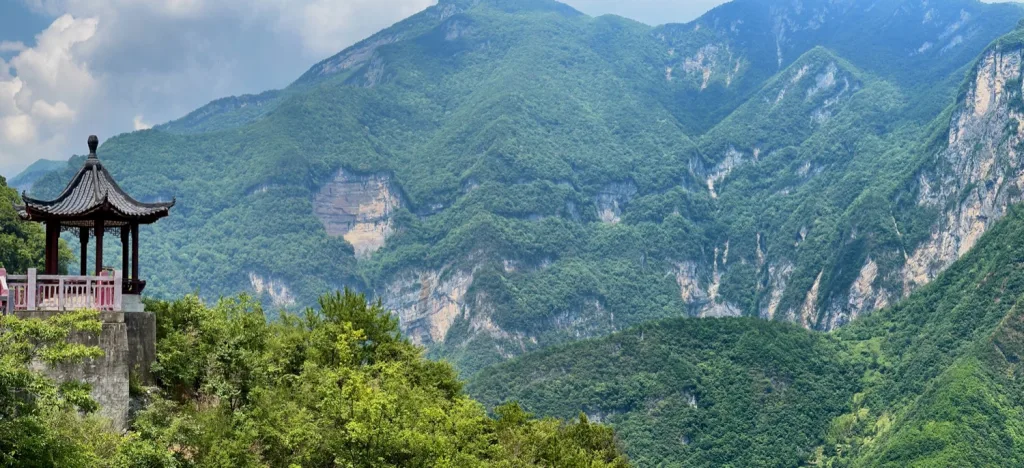
After soaking in the views, we continued to Wushan, ready to rest and reflect on an unforgettable journey through Hubei’s natural wonders.
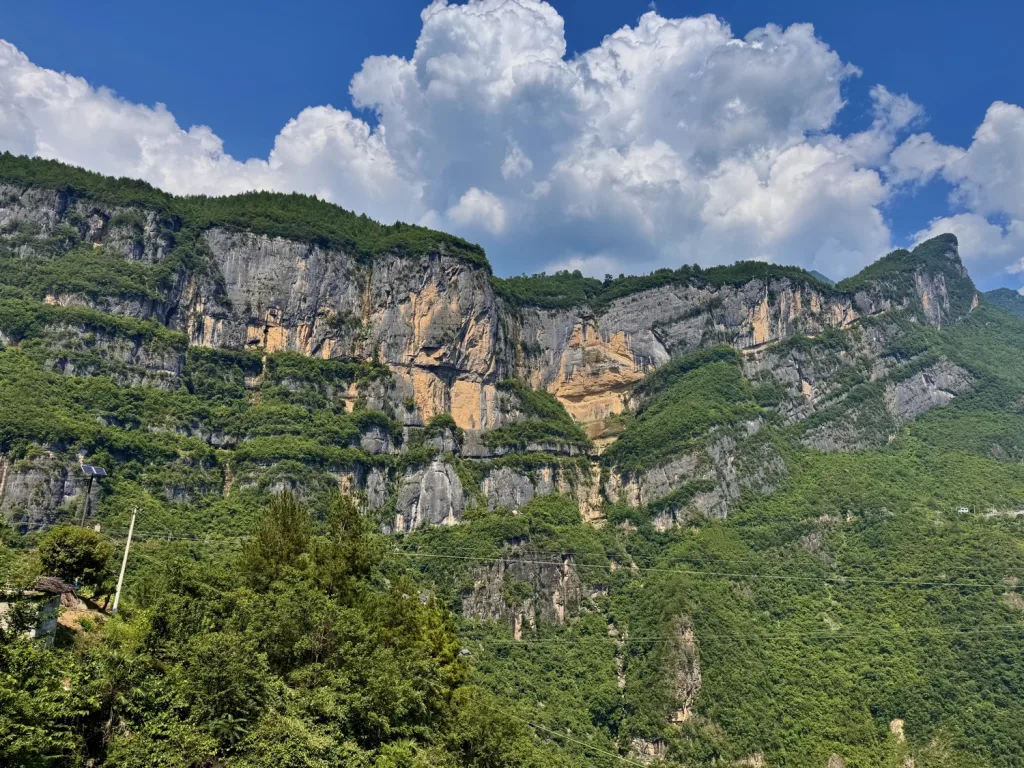
Day 5: Wushan to Chongqing
Our final day was a gentle wind-down after an unforgettable adventure.
We set out from Wushan for the 5-hourdrive back to Chongqing, making a few stops at charging stations along the way.
If you’re embarking on this road trip, I highly recommend having two drivers in your group to share the wheel—it makes the long stretches muchmore manageable.
As we cruised along, I found myself reflecting on the past four days in Hubei’s Shennongjia Scenic Area.
This road trip was nothing short of spectacular, blending awe-inspiring natural beauty with moments of pure tranquility.
From the misty peaks of Shennongding to the serene lakes of Big Nine Lakes, every stop deepened my appreciation for nature’s wonders.
One memory stands out vividly: as we drove away from the Big Nine Lakes toward Wushan, I glanced in mycar’s rearview mirror. The towering, majestic mountains we’d just traversed loomed behind us—grand, mysterious, yet strangely familiar. They felt both distant and intimately close, as if carrying the weight of our incredible experiences.
That moment encapsulated the magic of this trip: a perfect blend of adventure, serenity, and connection to the wild.
If you have a week to spare, I whole heartedly recommend this Shennongjia road trip. It’s a journey that will leave you in awe of nature’s grandeur and forever etched in your heart.
Places to Visit on The Way Back
On your way back to Chongqing, if you have 1 more day, you could make a stop in Fuling. Go visit the world’s largest underground nuclear maze Project 816, hike at the spectacular Great Rift Valley and discover the Underwater Museum.
Alternatively, you could also make a stop to Changshou and visit Changshou Lake.

Discover Chongqing with Haonan!
From mountains to grasslands, Chongqing has something to offer for everyone.
Start planning, find an inspiration, or search for a place.
Or follow us on social media.

